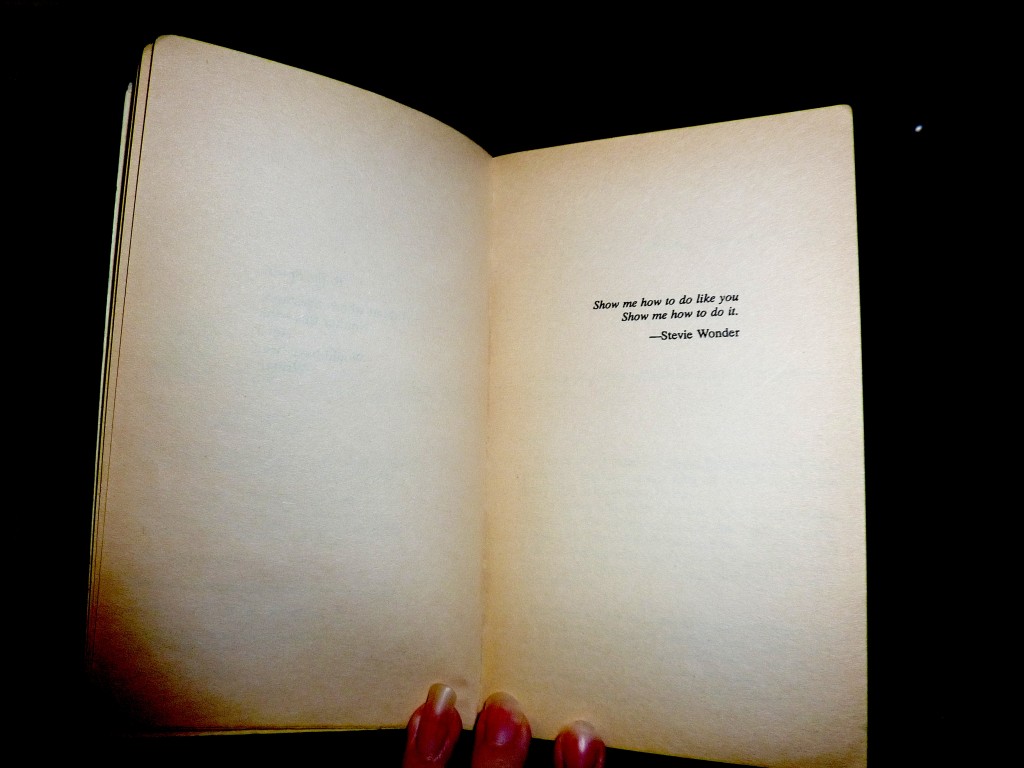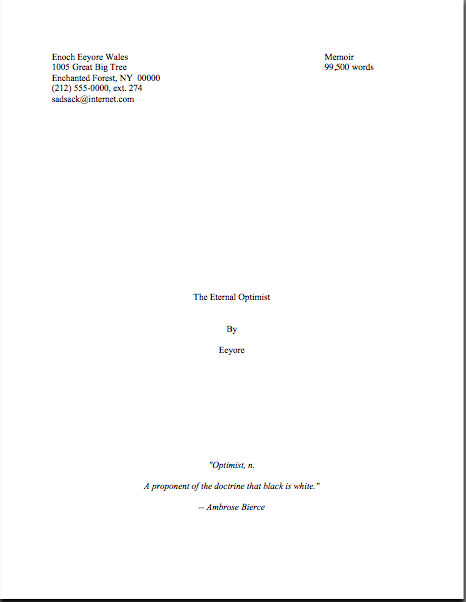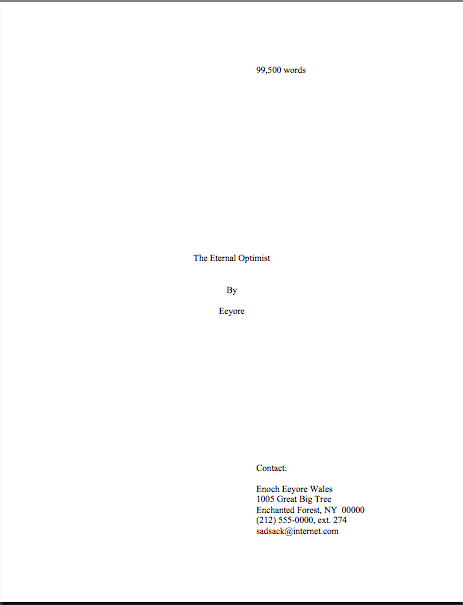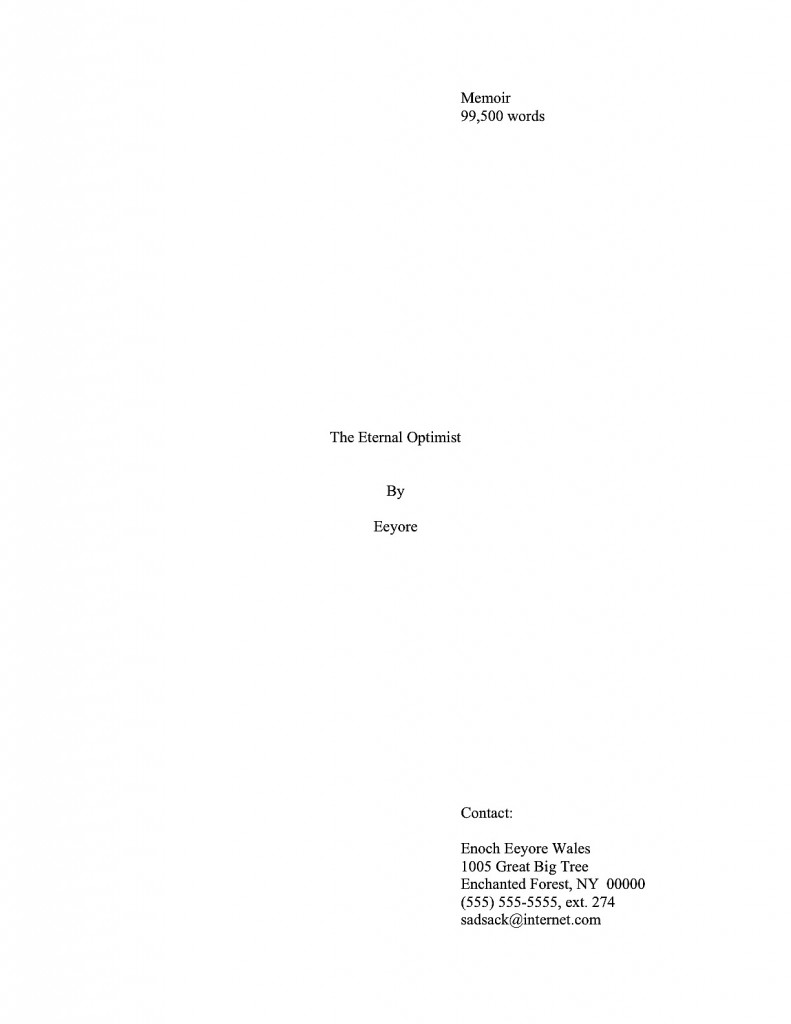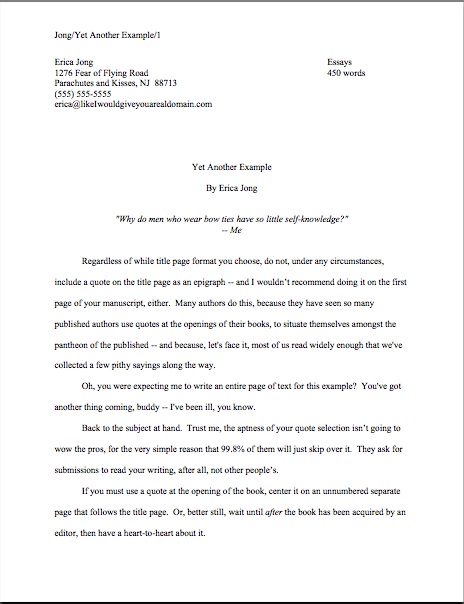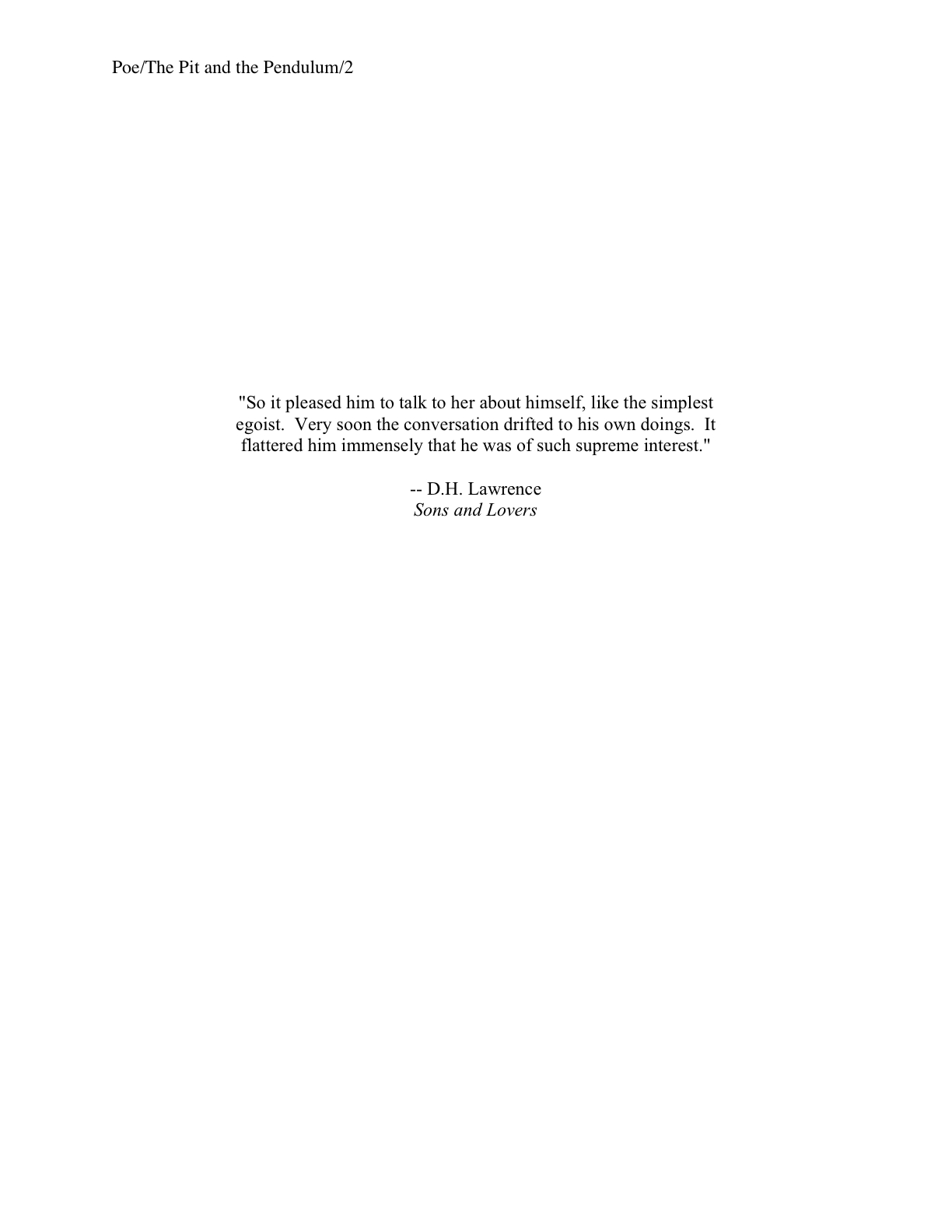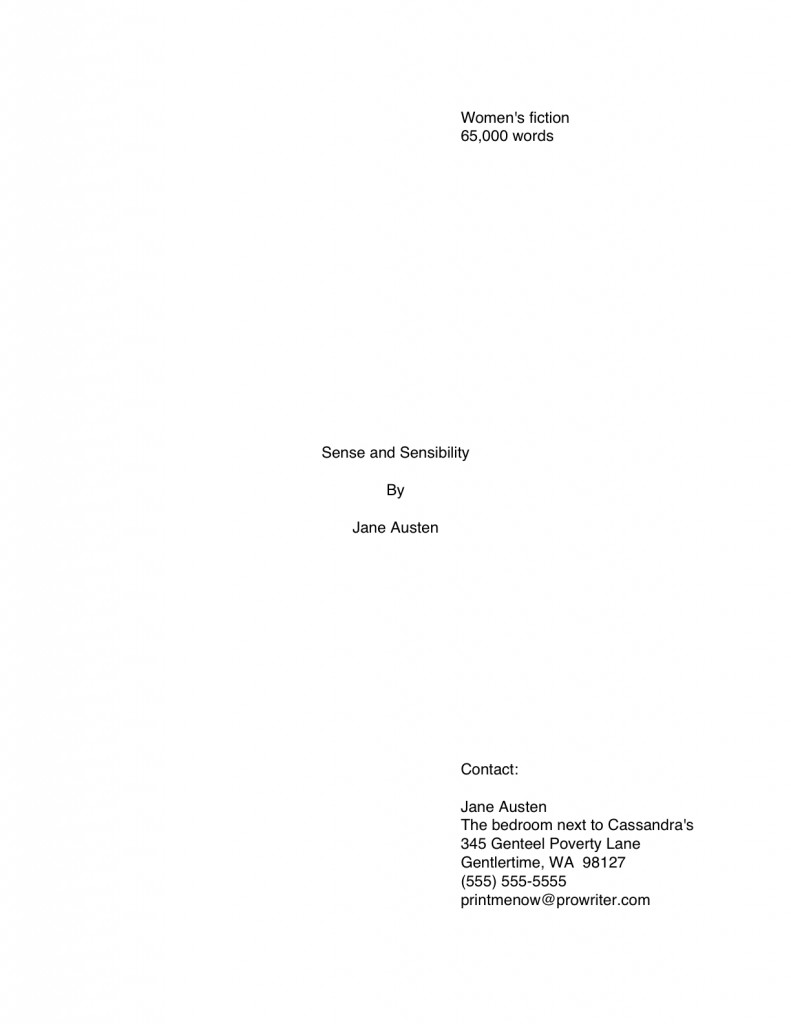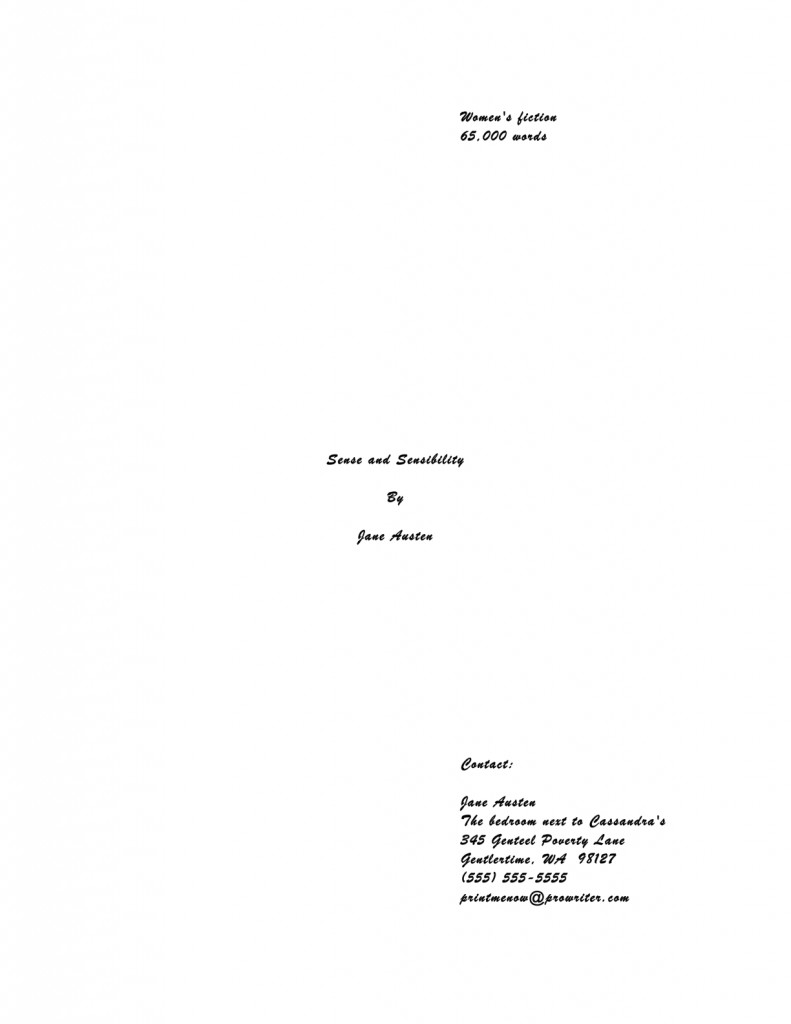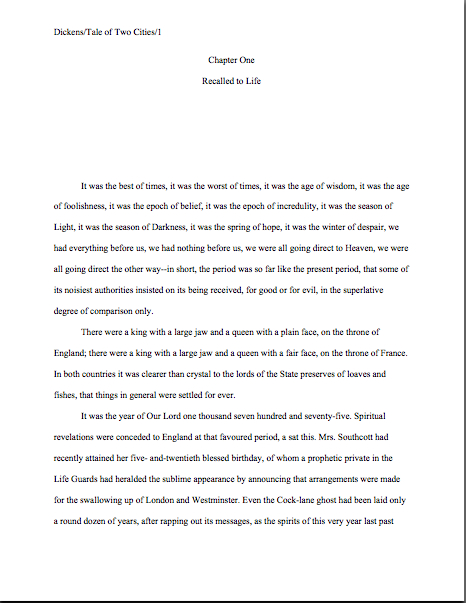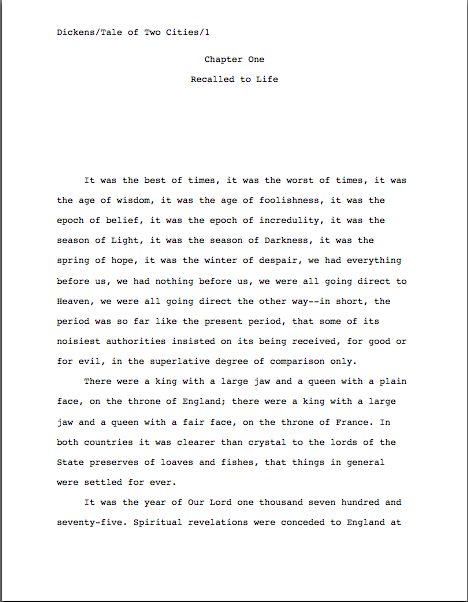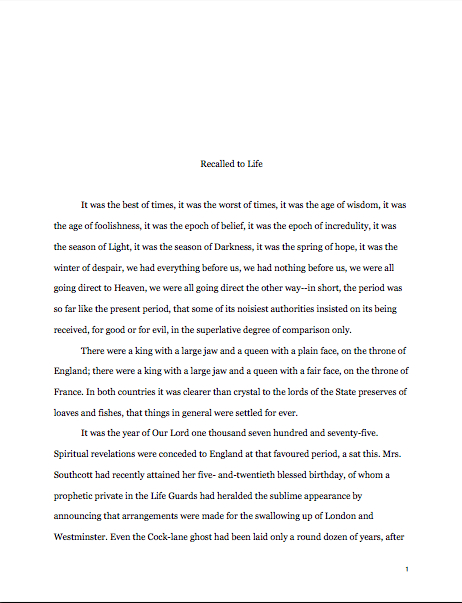
Another snapshot directly attributable to my having played hooky in my yard last weekend, observing Nike, the winged goddess of victory, overseeing the annual triumph of the narcissus over the early tulip. The more of these I post here, the less those few hours seem retrospectively like a holiday. Which means, I suppose, that I’ve been blogging long enough that devoting time to you fine people, however frivolously, has become a sort of guilt-deductible activity: the more I do it, the less time devoted to my other vices cost, ethically speaking.
Don’t get me wrong — I don’t actually see blogging as a vice. That’s my agent’s job. He would prefer that I devote roughly, oh, 100% of my waking hours to remunerative writing. And he’s not all that happy about having to limit that preference to my waking hours, either.
So in order to render today’s post at least potentially a money-making proposition, I open today with a question for all of you Pacific Northwest-based writers: if I added some extra sessions to my already-booked April and May classes — this year, one on book proposal crafting, one on query and submission packet troubleshooting, and one on crafting and perfecting a killer pitch — would any of you be interested in attending?
I don’t normally advertise my classes here at Author! Author! (mostly because they tend to fill up pretty quickly), but this year, I have received so many requests from my excellent readers to cast my eye over their proposals, queries, synopses, and opening pages that it occurred to me that some of you might potentially be interested in spending a day in a seminar where — wait for it — I guide a few writers (8-15, usually; I prefer small classes) through their proposals, queries, synopses, and/or opening pages. In the pitching class, we begin from scratch, but the proposal and query/submission classes, we will be working with already-written text. Typically, students arrive with proposals at least roughed out and/or query letters and opening pages in hand, so that we may have at ‘em.
It’s a great way to spend half a weekend, as well as a fabulous way to double-check your submissions before sending them out. Over and above reading them IN THEIR ENTIRETY, IN HARD COPY, and OUT LOUD, of course.
Oh, you thought I was going to stop harping on that advice, now that we have finished going over standard format? My friends, if the Millicents of the world had any say in the matter, I would never cease shouting out that particular set of bon mots.
If spending a day engaged in in-depth face-to-face discussion of any of these subjects sounds like just your cup of tea, please drop me a note in the comments or drop me an e-mail, and I’ll send you more information. (If you prefer the comments route, don’t post your contact info for all to see; the blogging program stores commenters’ e-mail addresses.) Make sure to let me know which class interests you most — or heck, put your bid in for all three. Oh, and don’t forget to mention whether Seattle or Portland would be more convenient for you; I’m planning to teach in both this spring.
There’s the day’s non-blog business out of the way. On to the goal of today’s post: a graceful segue between the formatting issues of recent weeks and our long-anticipated foray into craft.
Fortunately for all of us, sharp-eyed reader EuroPorter recently asked the perfect question to propel us from one to the other. Although thanks largely to readers’ questions, I had devoted quite a bit more of our latest foray into the mysteries of standard format to dealing with numbers in the text, EP’s aforementioned perceptive peepers noticed an oversight in my overview:
Hey, Anne, great post, as ever. And while I’m reading my material here IN ITS ENTIRETY, IN HARD COPY, and OUT LOUD to myself, I’ve handled my numbers per your and Les Millicents’ rules, but ran into a question. Let’s say a character is speaking about some very large sums of money. Because the numbers appear in dialogue, is it still correct to express them in numerals (100 and above), rather than writing them out? An English teacher of mine back in the 17th Century told me that spoken numbers needed to be written out because “people do not speak numerals, young man.”
By what divine inspiration she knew this, I have no idea, but she seemed dreadfully sure of herself on the point. What say you? In dialogue — still numerals for 100 and higher? Or write them out? THANKS!
Before I answer EP’s intriguing question (and believe me, I’m looking forward to tangling with that 17th-century schoolmarm) let me first pause to thank all of you who have written in to ask probing questions about numbers in manuscripts. I’d honestly had no inkling that aspiring writers might have been experiencing some confusion on this point, or that the rules required more examples for clarification; one of the mixed blessing of working for so many years in standard format is that I’ve developed an almost visceral sense of what’s proper on the page.
So if you intrepid souls had not brought numeral-wrangling to my attention, I might never have thought to clarify the issue. In your honor, I’m inaugurating a new category on the archive list today, so future readers may benefit from your bravery: NUMBERS IN MANUSCRIPTS.
The moral, as always: keep asking those good questions!
Back to the emphatic assertion of EP’s 17th-century schoolmarm. Before we weigh it in the scale of probability, let’s first recap what we already know about how numbers should appear in standard format. so far, we know both the basic rule:
All numbers under 100 should be written out in full: twenty-five, not 25. But numbers over 100 should be written as numbers: 1,243, not one thousand, two hundred and forty-three.
and the date caveat:
Full dates, as well as specific times, are rendered in numeric form in manuscripts. Thus, 12:45 a.m. on November 3, 1842 is correct; twelve forty-five a.m. on November three, eighteen hundred and forty-two is not. (It would, however, be perfectly permissible to include quarter to one in the afternoon on November third.)
EP, however, enraged his schoolmarm by calling upon the currency conundrum:
Since specific amounts of currency over a dollar are expressed a three-character combination ($2.34), accompanied by symbols ($, £, etc.), they are usually treated as a number over a hundred and written as numerals: $2.34 would be correct in a manuscript. Two dollars and thirty-four cents, however, would be questionable, but technically permissible. However, the former is the typical form.
If, however, a general number or one with only one or two elements may properly be written out: a million dollars is correct, but so is five dollars or a buck fifty.
In other words, the question of whether the number in question was arithmetically greater than 100 is not the only issue here; decimal places may factor into the decision as well. The same logic holds true for non-monetary amounts expressed in decimals, by the way: it’s proper to speak of one-tenth of an inch in standard format, but if we’re talking about .1098 inch, that level of specificity is best expressed in numerals.
Everyone happy with that? Apparently, EP’s schoolmarm was not.
Let’s take a gander at why she might have blown her top. If EP was referring in his dialogue to an uneven amount — for the sake of argument, let’s assume it was $12,456,981.01 — he was perfectly correct in presenting it in numerals in the text. And if you’ll have the goodness to imagine how much room twelve million, four hundred and fifty-six thousand, nine hundred and eighty-one and one cent would have taken up on the manuscript page, it’s not hard to see why Millicent would side with him on this one: it looks darned odd in print.
But if his protagonist was talking about three million dollars, was Dame Pickypants right, or was she merely expressing a personal preference? (Perhaps belonging to a former teacher of hers, since she presented it as a Law Inviolable; have you noticed how often teachers new to the game will not make that particular distinction?)
Actually, she was half-right. On a manuscript’s page, it would have been permissible to write either three million dollars or $3,000,000, but a case certainly could be made that the former is the more elegant expression of the amount. My guess would be that her headmaster (born in the late 16th century, no doubt, when men were men and rules were rules) rapped her on her noggin for inelegance at some crucial point in her development, and voilà! His preference is magically transformed into a hard-and-fast rule.
Thank goodness that never happens these days, right?
But what of her claim that the rules for numbers in dialogue are inherently different than numbers in narrative text, because dialogue should be a reflection of the spoken word? Purest poppycock, as far as standard format for book manuscripts is concerned.
Numbers are numbers in a manuscript — but as we have seen, not all numbers are treated equally. Take a gander, for instance, at all of the different numbers that appear on this page of text, every single one of them correctly.
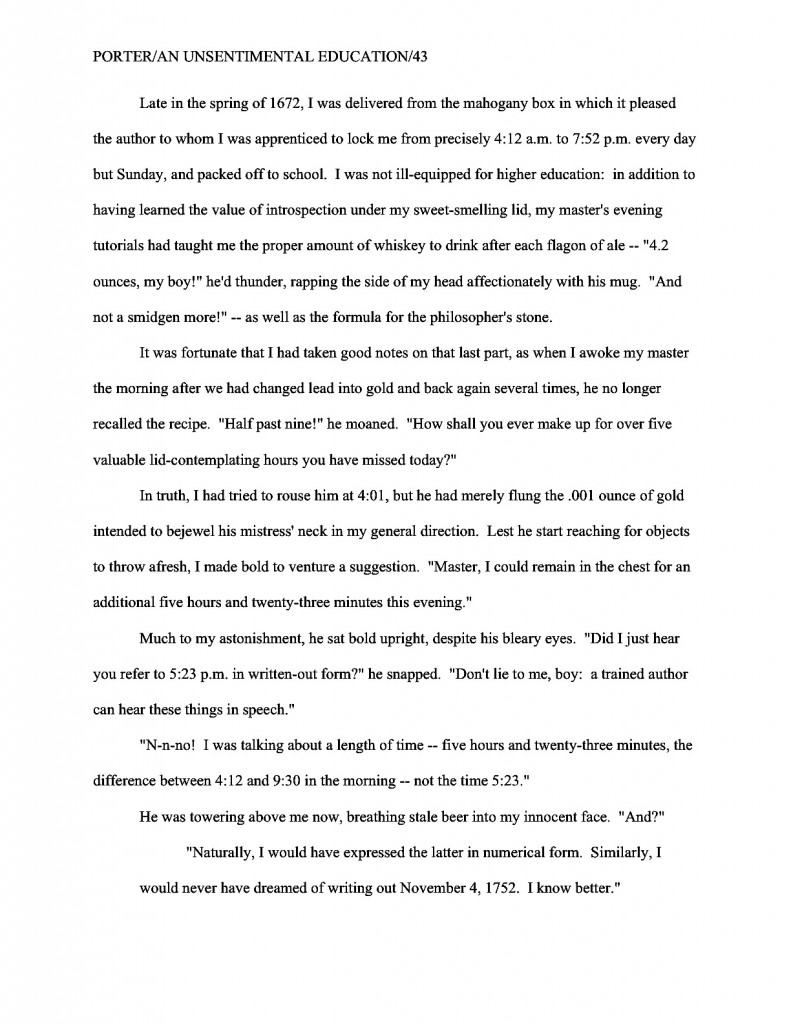
Everybody clear on why each of these numbers is presented the way it is? As always, if not, please speak up.
Speaking of dialogue — and of graceful segues — our approaching foray into craft issues reminded me of a screenwriting seminar I took a few years ago from an estimable playwright and screenwriter, Mark Troy. Not that I harbor any particular aspirations to writing for the screen myself, per se; I just like to hear what folks in other parts of the writing biz are up to from time to time.
Halfway through the day-long seminar — we’re just bursting with connections to earlier parts of this post now, aren’t we? — Mssr. Troy asked a question bound to startled a novelist.
“What is the most important line of dialogue in a movie?” he asked rhetorically, as if everyone in the room should already know the answer. I racked my brains, anticipating a trick, but his answer was perfectly straightforward: “The first line the audience hears the main character say, of course.”
Well, apparently, everyone who has ever given passing consideration to writing a screenplay already knew this, but in a writer’s typical conference state — sleep-disenabled, moisture-deprived, and highly caffeinated — this struck me as a pretty profound question to ask about a novel.
Oh, I’ve been in (and taught) more craft classes than I can shake the proverbial stick at where we all obsessed about how important the first sentence is to the success of a novel. In a particularly memorable one, the seminar leader gushed for twenty minutes about the first sentence of ONE HUNDRED YEARS OF SOLITUDE, in her opinion the greatest first line — nay, first several lines — ever:
Many years later, as he faced the firing squad, Colonel Aureliano Buendia was to remember that distant afternoon when his father took him to discover ice. At that time Macondo was a village of twenty adobe houses, built on the bank of a river of clear water that ran along a bed of polished stones, which were white and enormous, like prehistoric eggs. The world was so recent that many things lacked names, and in order to indicate them it was necessary to point.
A grabber of an opening for a novel, you must admit, although not my absolute favorite by a long shot. (Yes, yes, we’ll get to that.) When a few of us in the audience attempted to suggest a few other great openings, the seminar leader crushed our hopes of fruitful discussion flat: no, the opening to ONE HUNDRED YEARS OF SOLITUDE was the best opening, ever, period. As an editor at a fashion magazine whose most creative work was a positively fawning biography of the then-governor of New Jersey, she let us know in no uncertain terms, we were not to dispute her opinion on this point — or any other, evidently.
Now, I’d be the last to deny that it is indeed a remarkably evocative opening sentence, but the third time that she referred to that particular sentence as “the greatest opening sentence in the history of the English language,” I felt compelled to speak up.
“You ARE aware that it was originally written in Spanish, right?” I offered in as neutral a tone as I could manage. “So you’re actually showing it to us in translation.”
She did not speak to me, or call on me, for the rest of the conference; she must have been descended from EP’s 17th-century schoolmarm. My right arm turned positively blue from waving about in the air, trying to reintroduce myself into the conversation.
My original point (and I’m relatively sure I have one, over and above the suggestion that an inflexible teacher wrong about something can make a perfectly marvelous foil for a spunky protagonist) was that I have literally never heard any discussion in a writerly context about the importance of the first sentence that a novel’s protagonist says OUT LOUD, as opposed to the first line of narration.
Perhaps it’s because we only hear our protagonists speak in our minds — unless, of course, we are conscientious enough to read every draft of our manuscripts IN THEIR ENTIRETY, IN HARD COPY, and OUT LOUD. (Didn’t see that one coming, did you?)
The more I thought about Mssr. Troy’s question as it applied to novels — or memoirs, for that matter — the more intrigued I became. It’s pretty easy to see why the first line a character speaks in a movie would set the tone for the character, but often, the protagonist of a novel is introduced lines, paragraphs, or even pages before she speaks. She often thinks before she speaks, in fact, or feels sensations, or even narrates.
But actually, the first words a protagonist speaks are often the way she is introduced to the other characters to her fictional world, isn’t it? It honestly an important moment, dramatically speaking, and I think it’s worth taking a few minutes to making those first words count.
Here’s a modest proposal: why not use the opportunity for character development?
Naturally, as soon as the class ended, I rushed to my laptop, to see whether the first thing the protagonist of the novel I was revising at the time was, you know, catchy. Much to my surprise, what she says first is not only character-revealing, but positively integral to her character: the very first words within quotation marks are, “What can I do to help?”
I patted myself on the back so hard that I started to cough. My protagonist in that novel was a pediatrician who specialized in treating abused and neglected children — and who had spent her entire life bailing various members of her extended commune-dwelling family out of their various self-induced messes.
I felt awfully darned clever, let me tell you.
But then I started to wonder: perhaps we all know subconsciously that the first line a character speaks is important; maybe most of our first lines of dialogue are pretty apt. Perhaps — hard as this is to believe — many of us have been making those first few words count without (gasp!) being told to do it by some writing guru.
At least, I would like to think so. Which is why I am going to turn the question over to you, both for your commentary and your composition consideration: what is the first line of dialogue YOUR protagonist speaks in your novel? And is it character-revealing?
If not, how could you change it to make it so? Could it show who your protagonist is, just a little, rather than just saying it? Could it, like the opening to ONE HUNDRED YEARS OF SOLITUDE, include telling details that Millicent is unlikely to see in any other piece of character-revealing dialogue this month?
If beginning this discussion with an incisive question from a reader to me and ending it with a series of probing questions from me to you isn’t the most graceful of symmetry, it is, in my experience, a lot more likely to get good writers thinking than simply barking a set of rules in their general direction. Particularly if those rules happen to be, as so many so-called firm rules of writing turn out to be, personal preferences all dressed up in the robes of authority.
Did that get you all revved up to start talking objectively about topics that are inherently subjective? I know I am.
Next time, we leap into craft with both feet, flying arms, and, we hope, the blessings of Nike, goddess of victory. Feel the excitement building, campers, and keep up the good work!







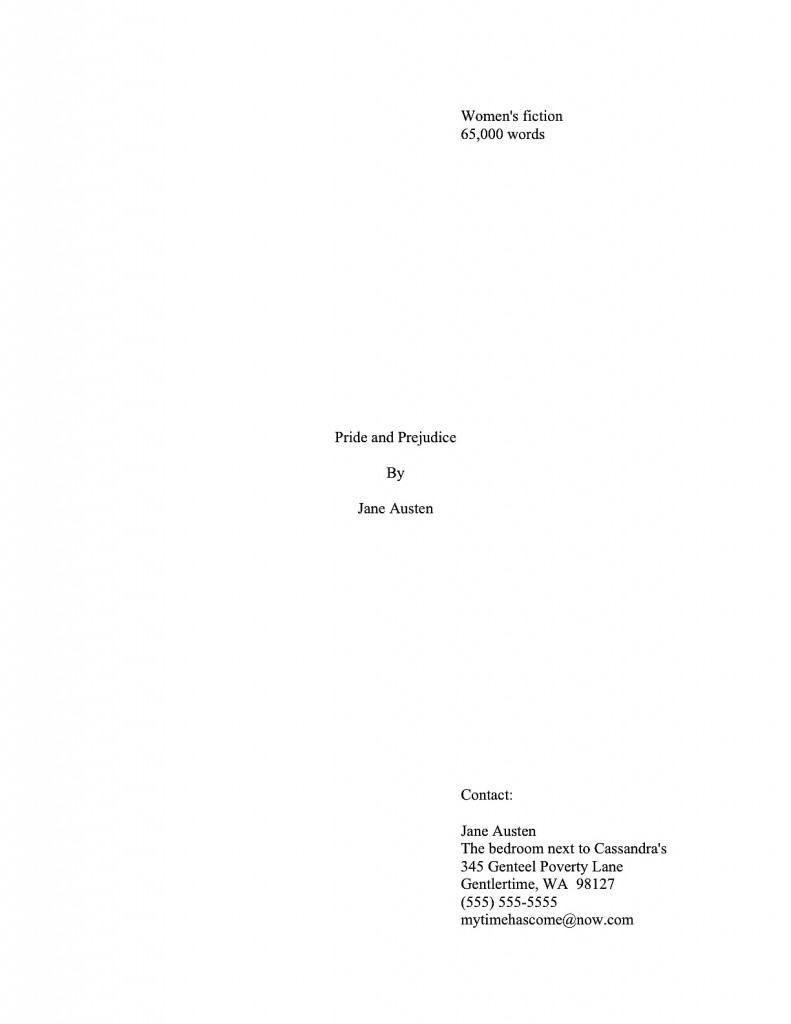
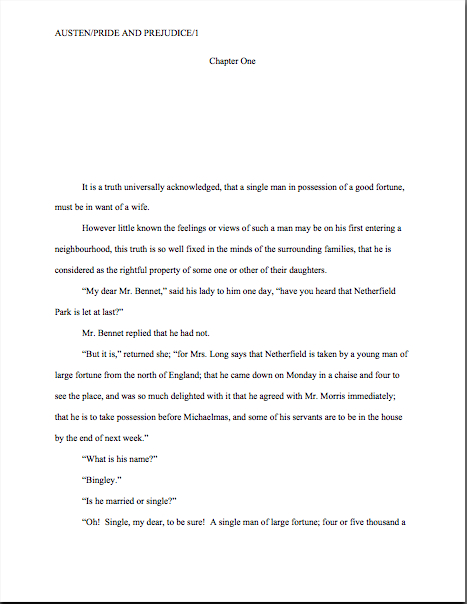
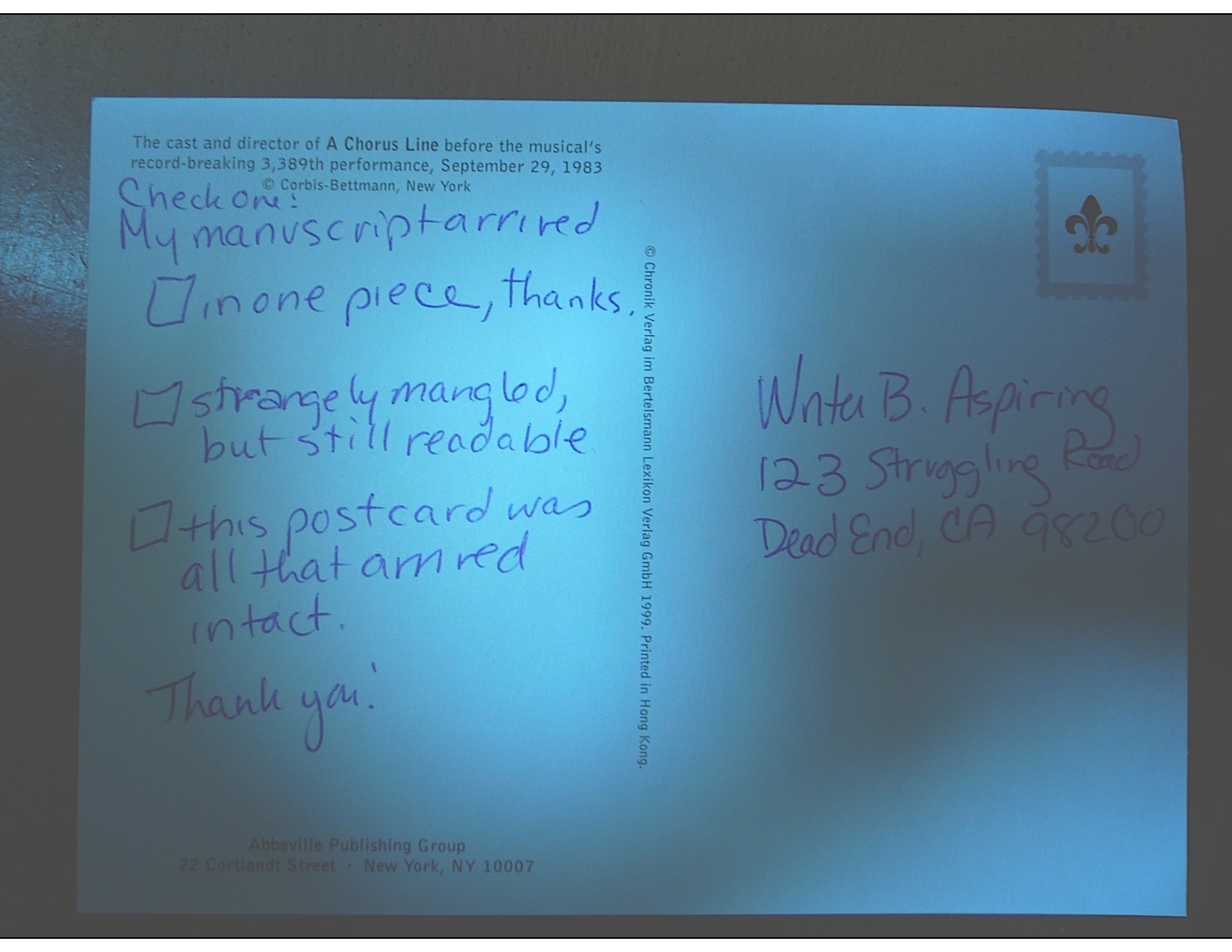






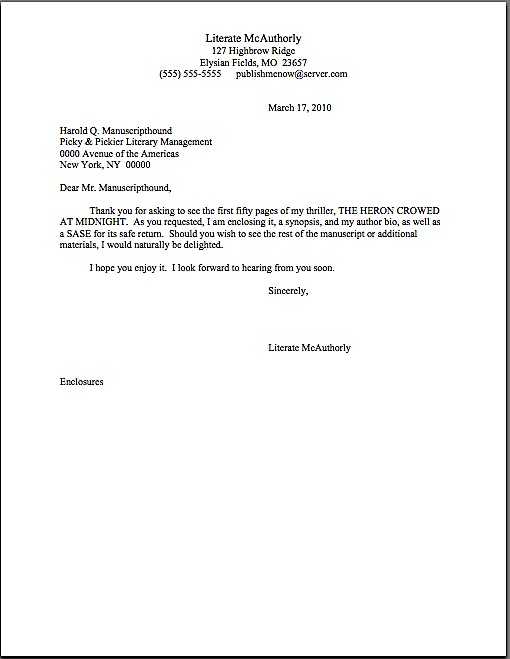
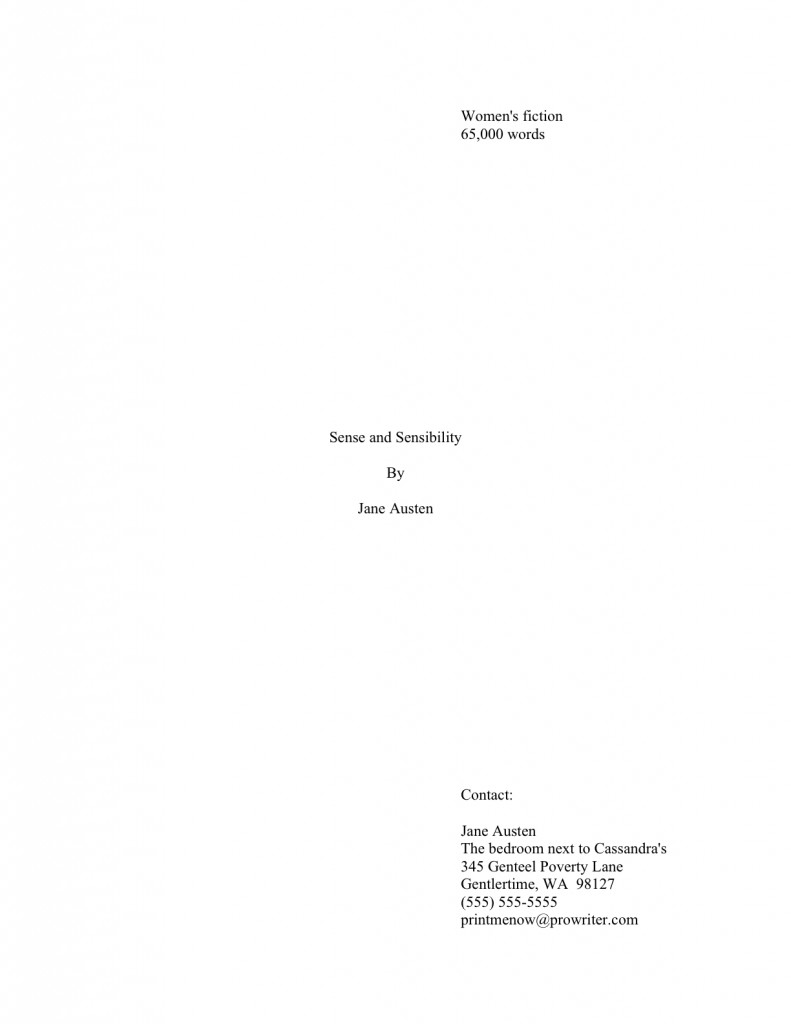
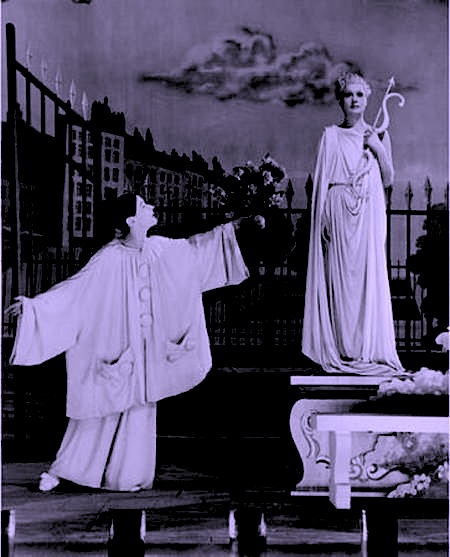
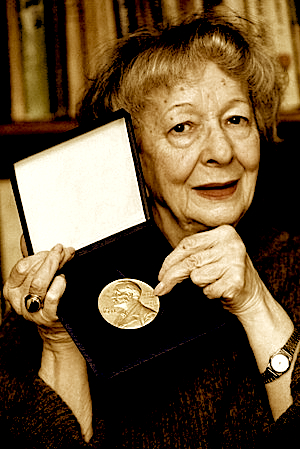
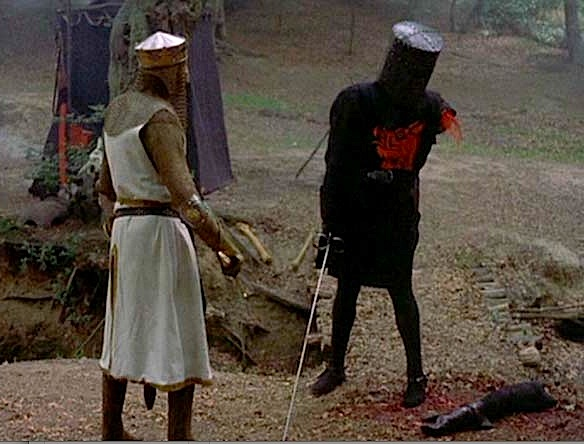

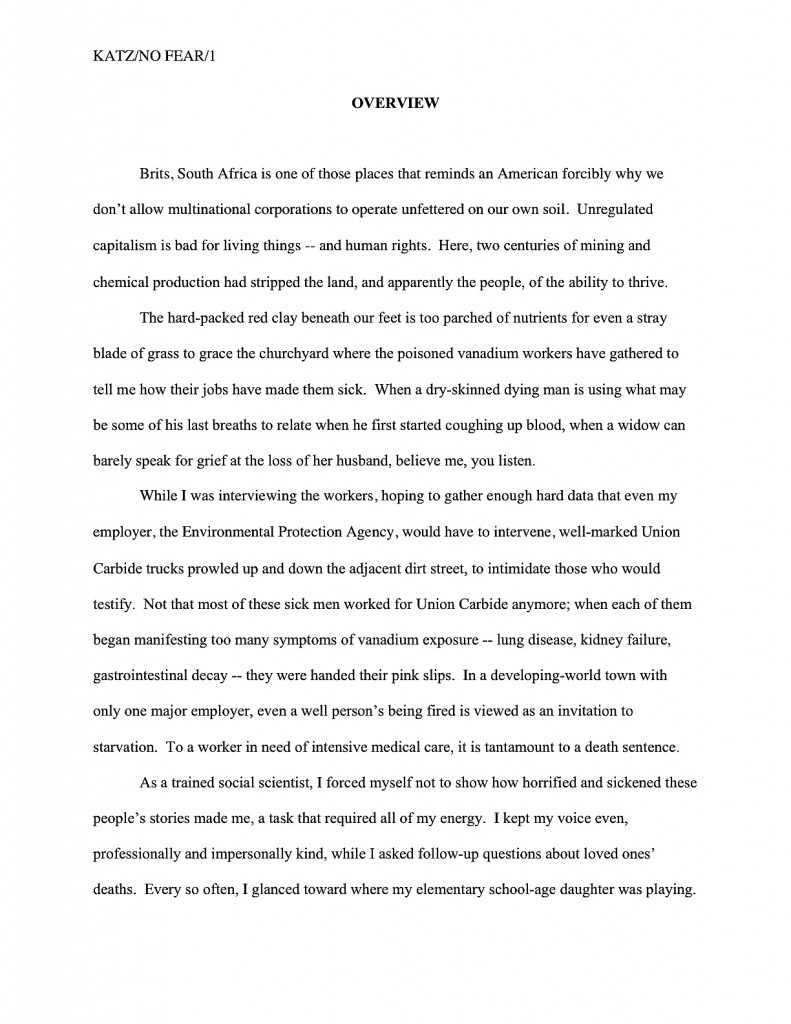
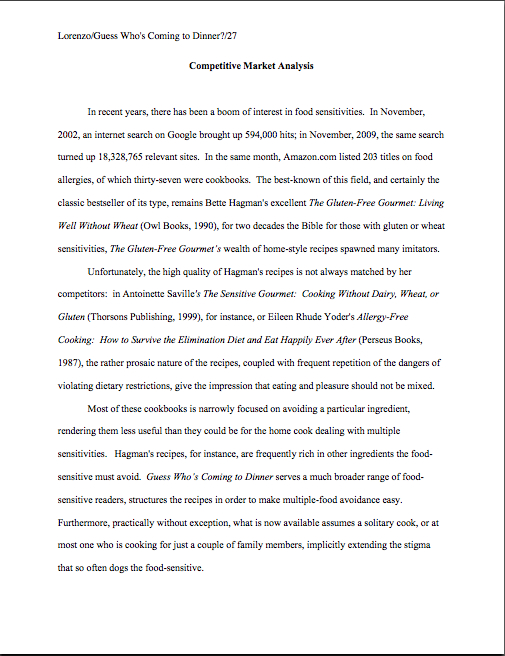
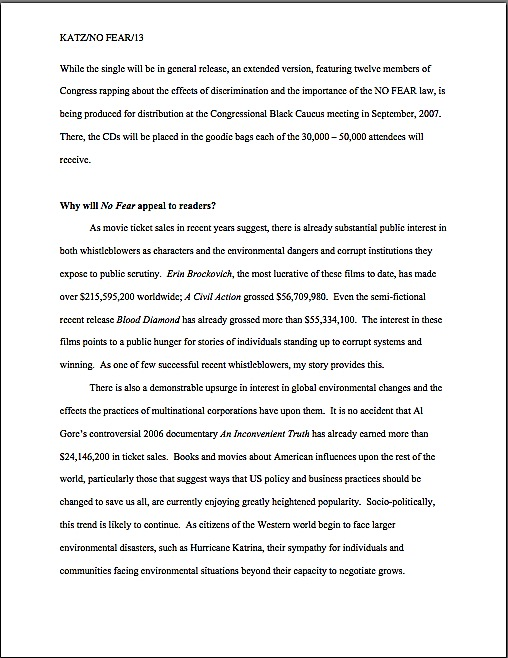
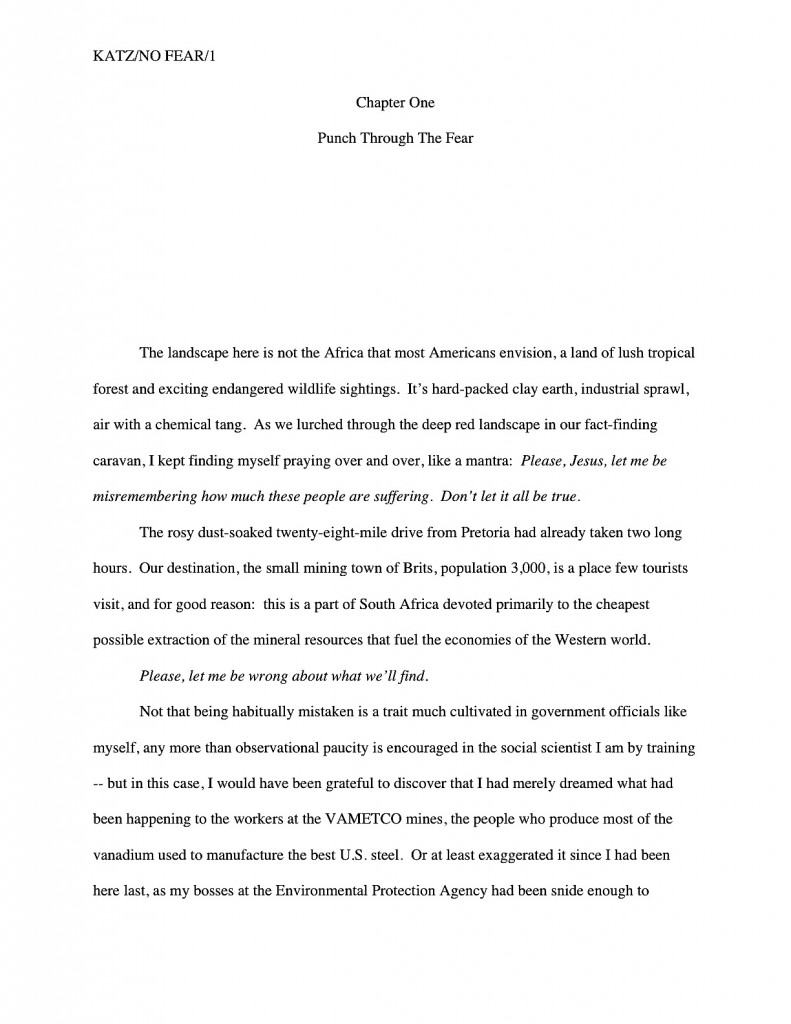
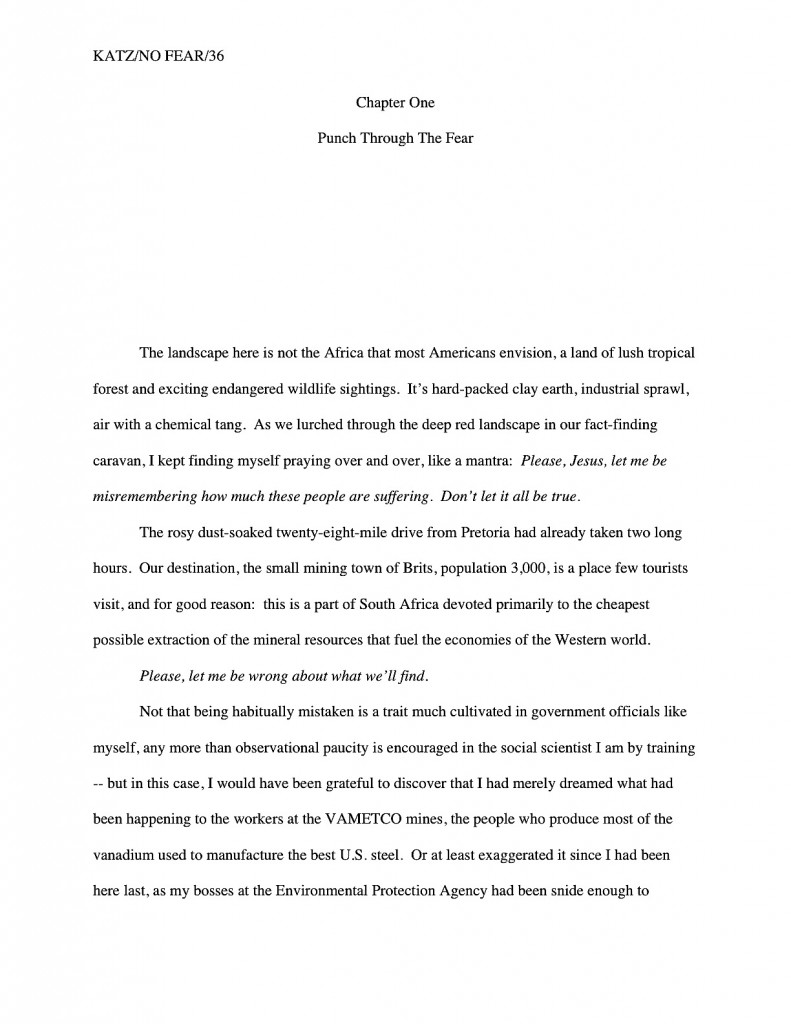
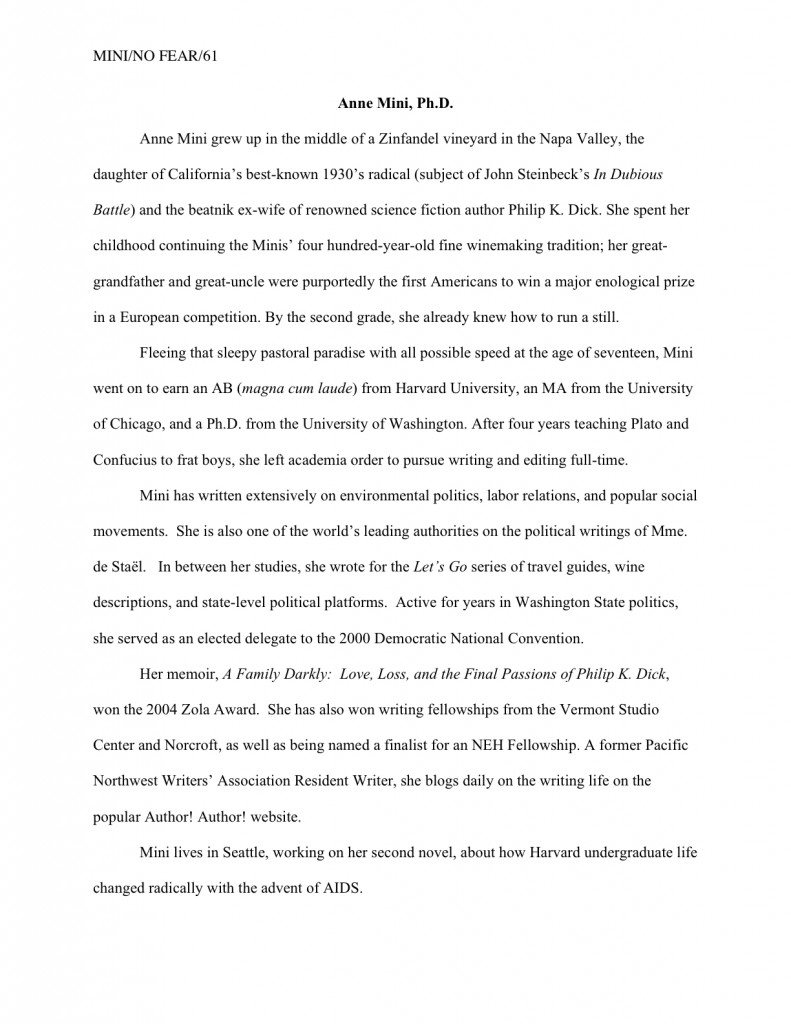
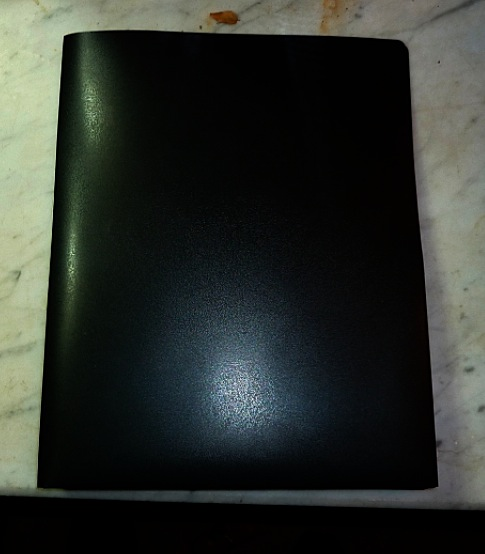
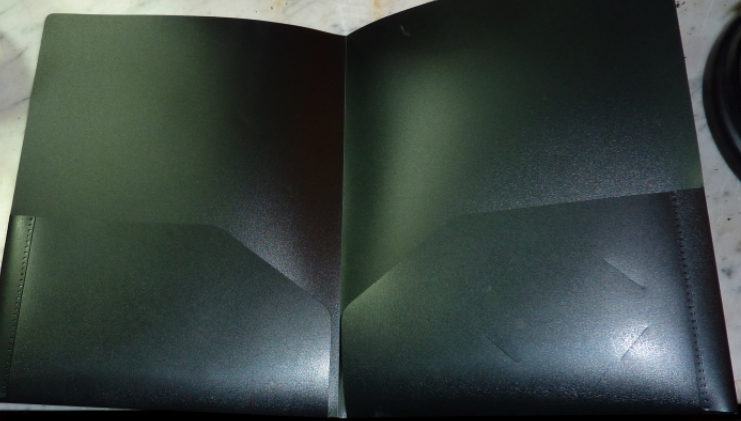

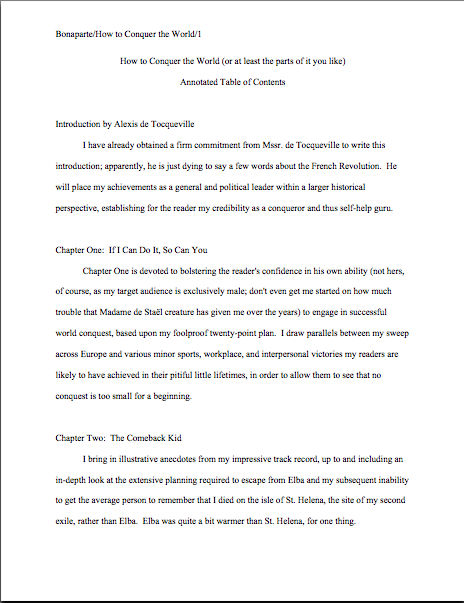
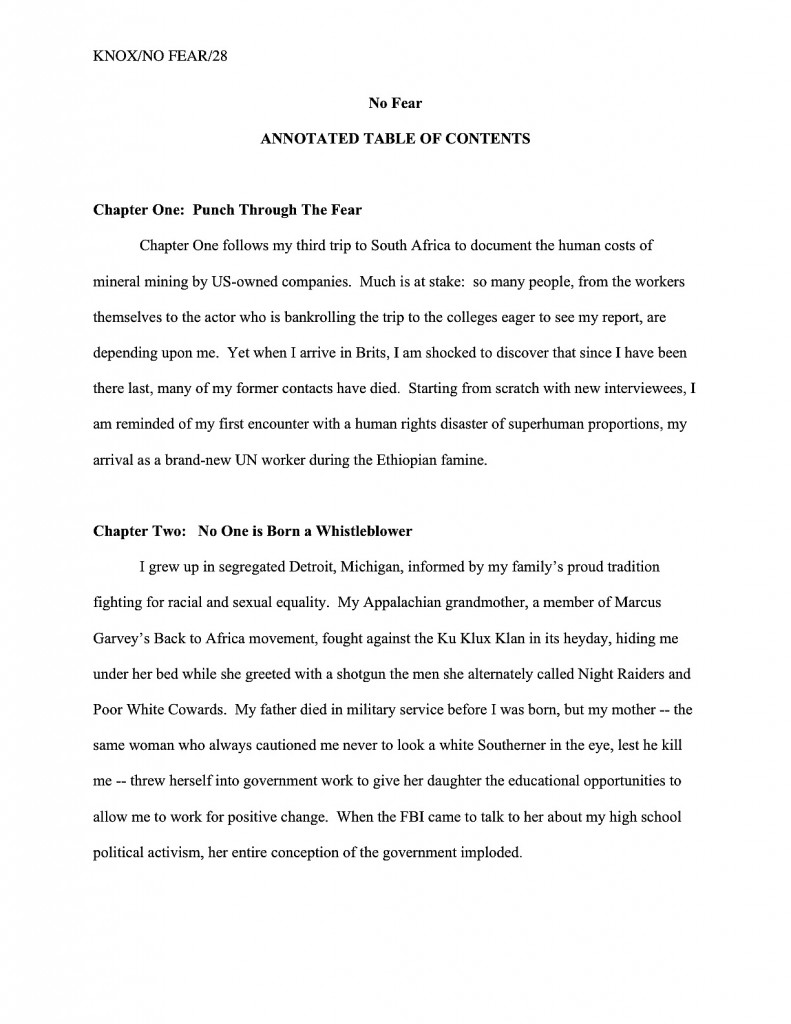

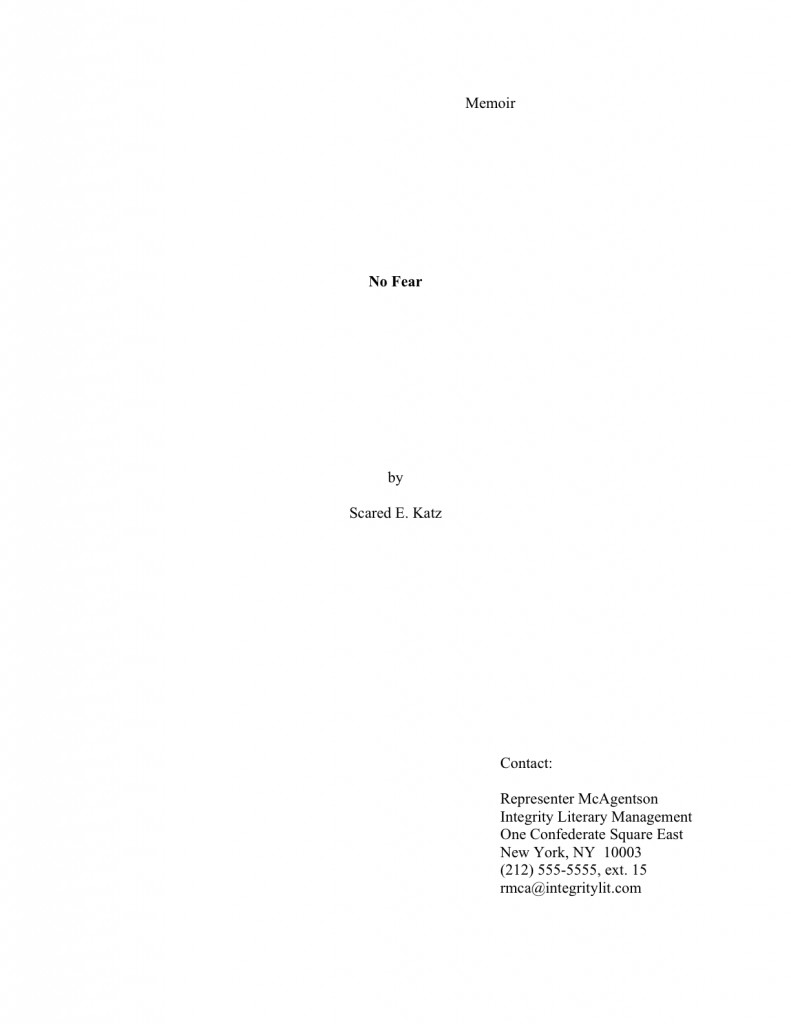
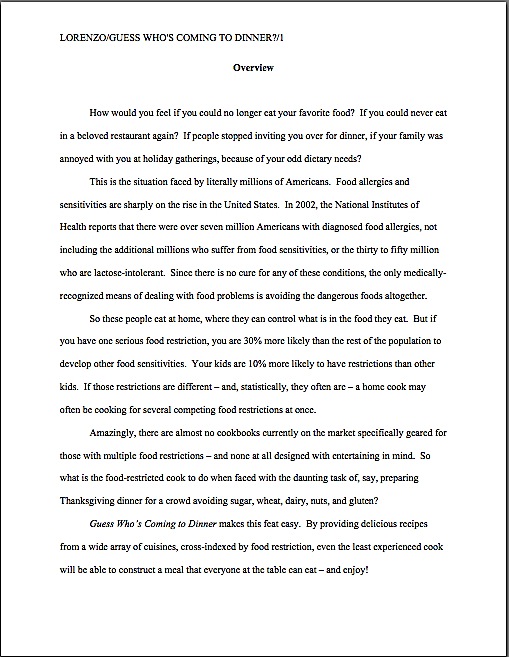
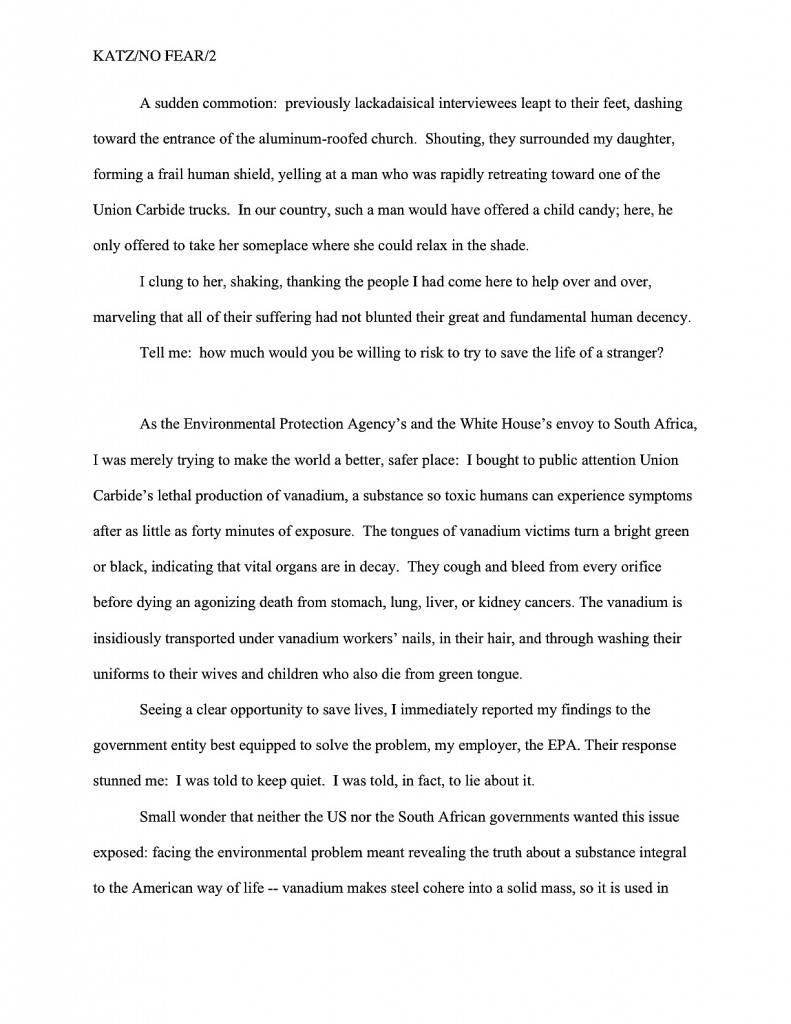
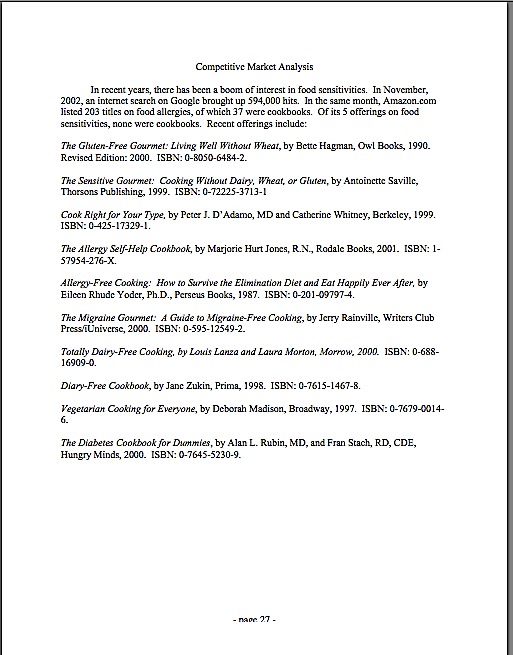
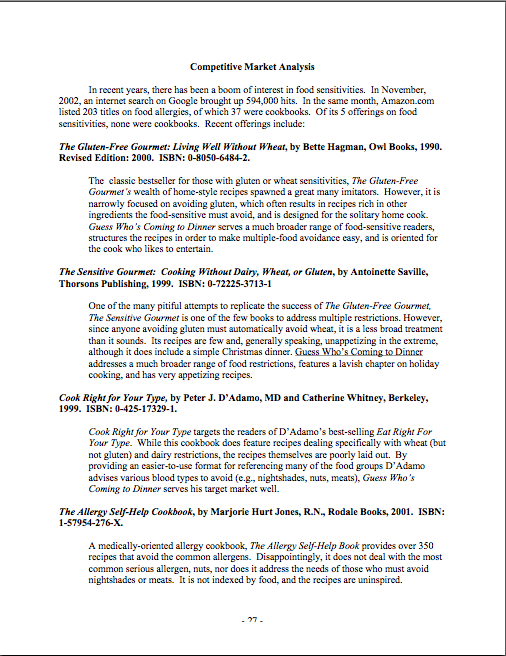

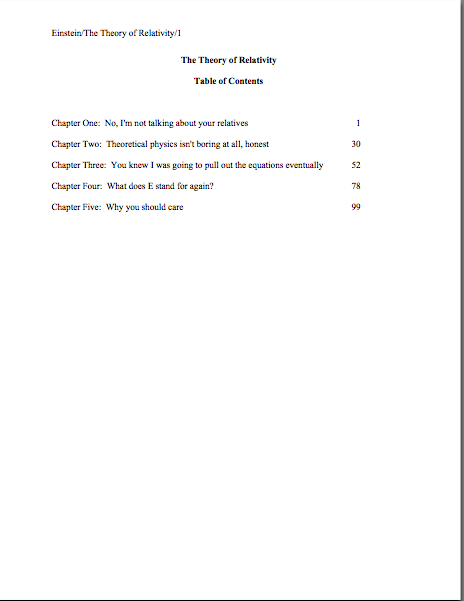
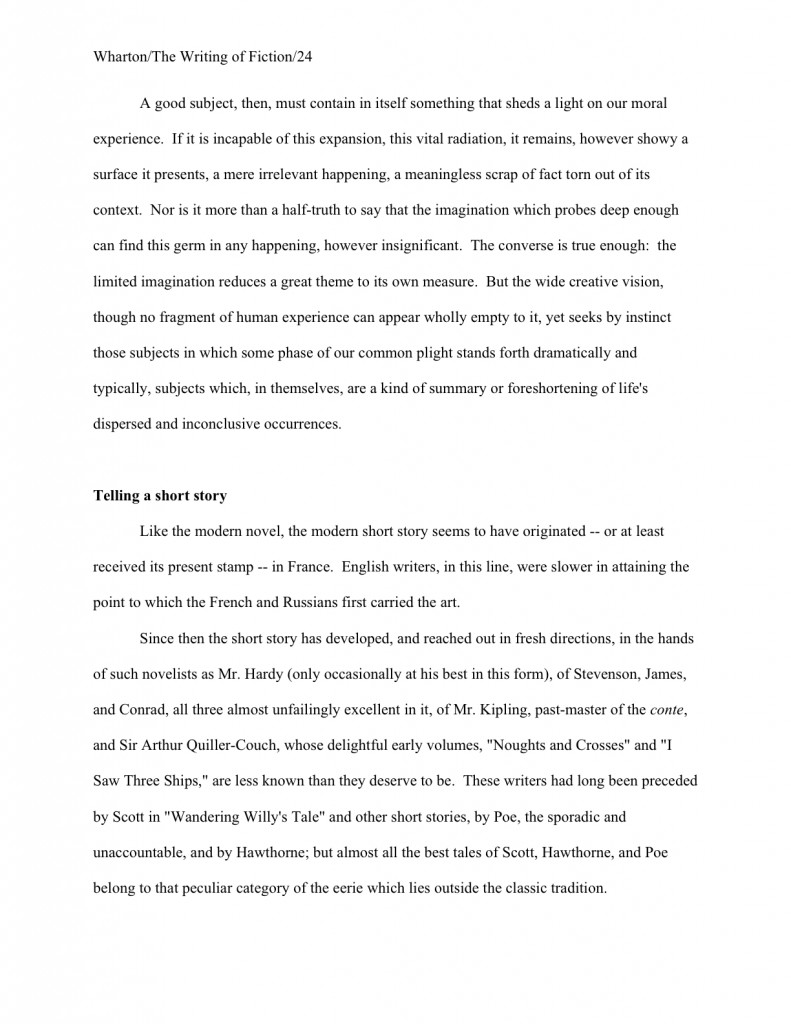
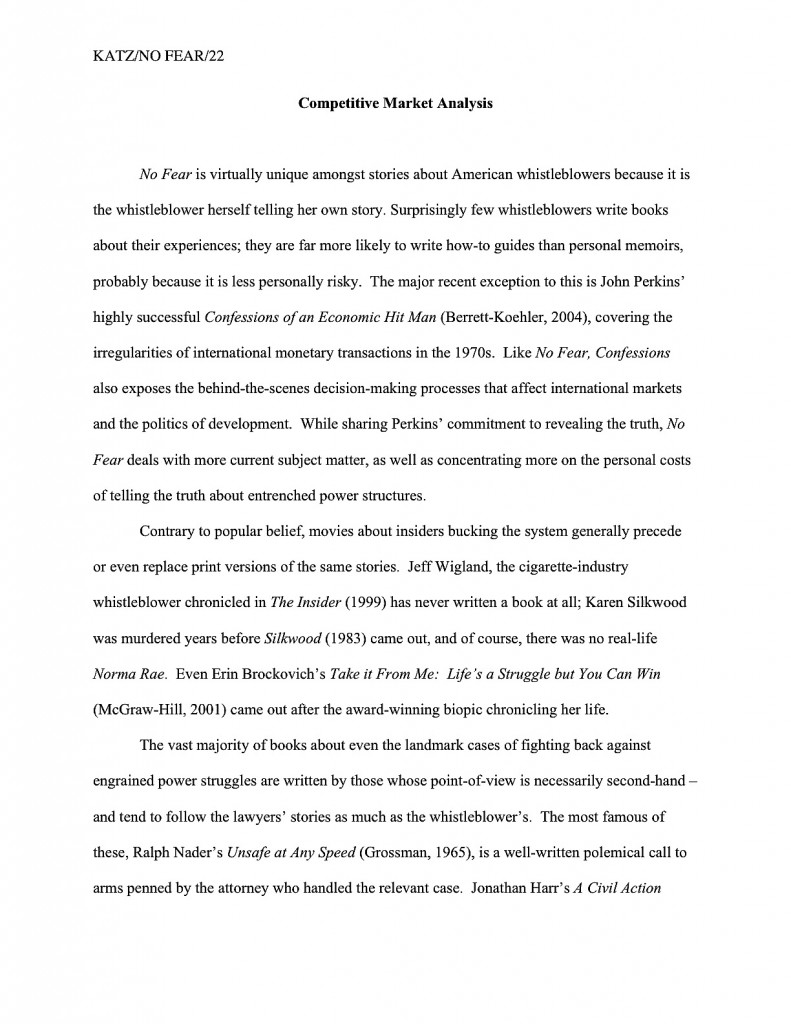
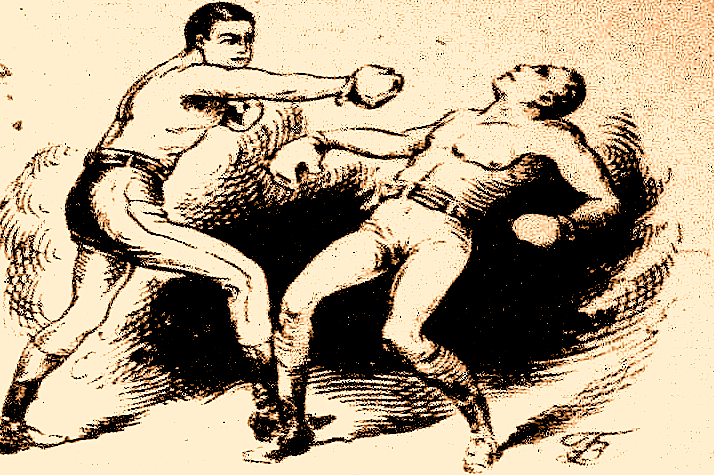
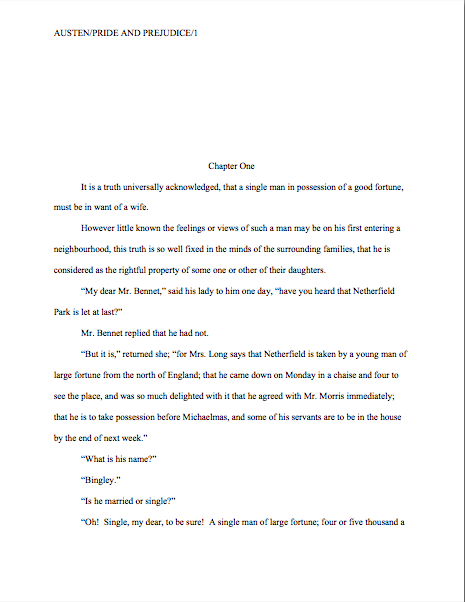
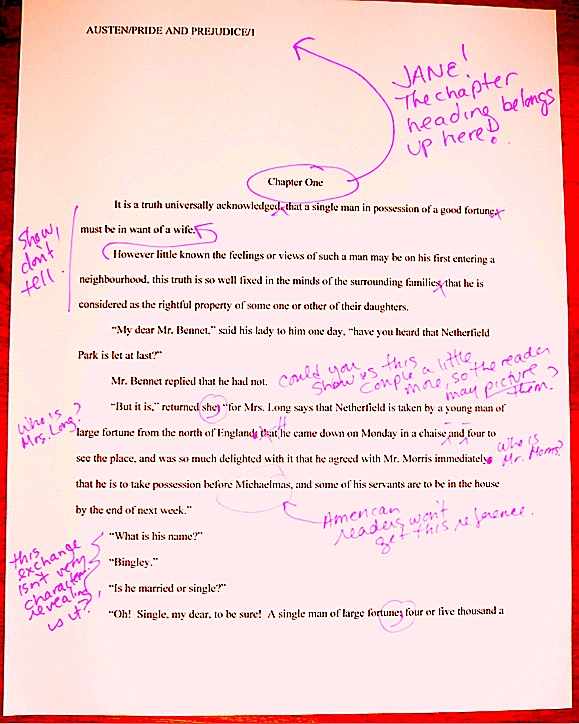
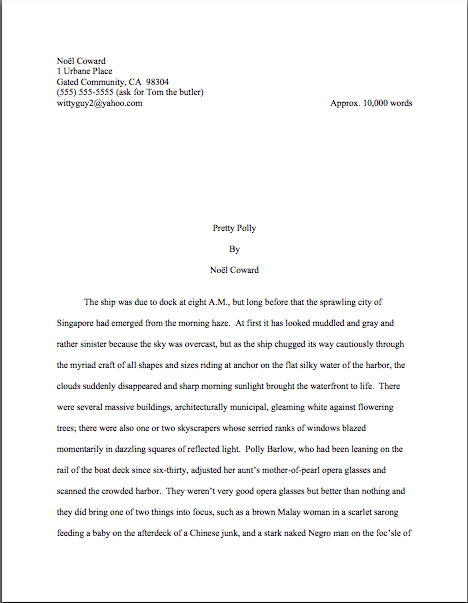
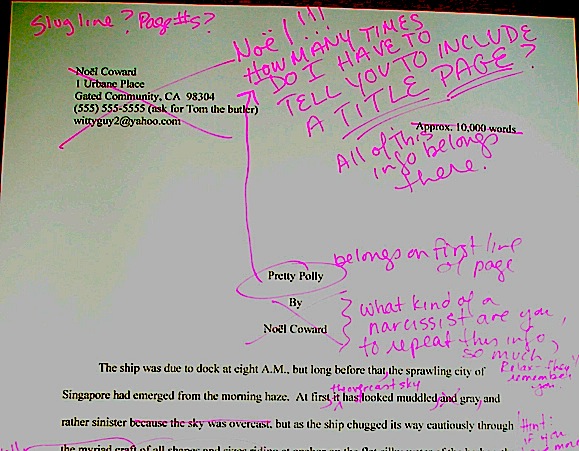
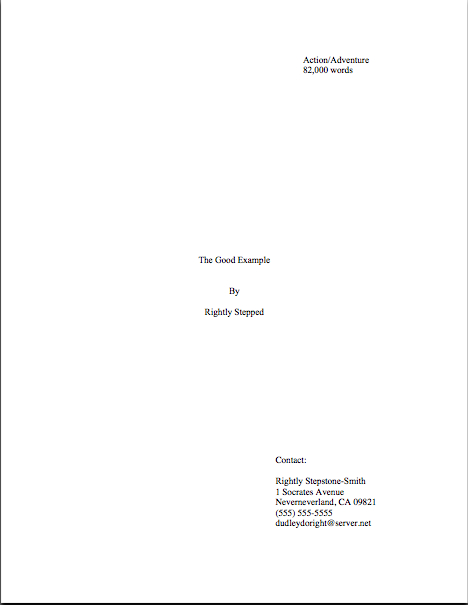
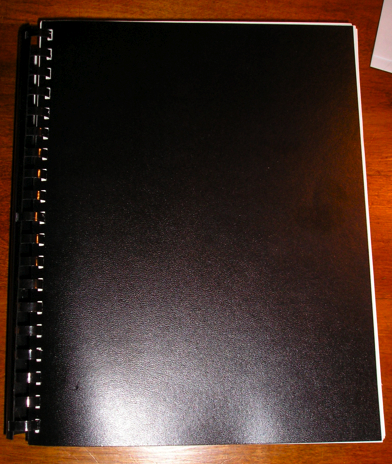

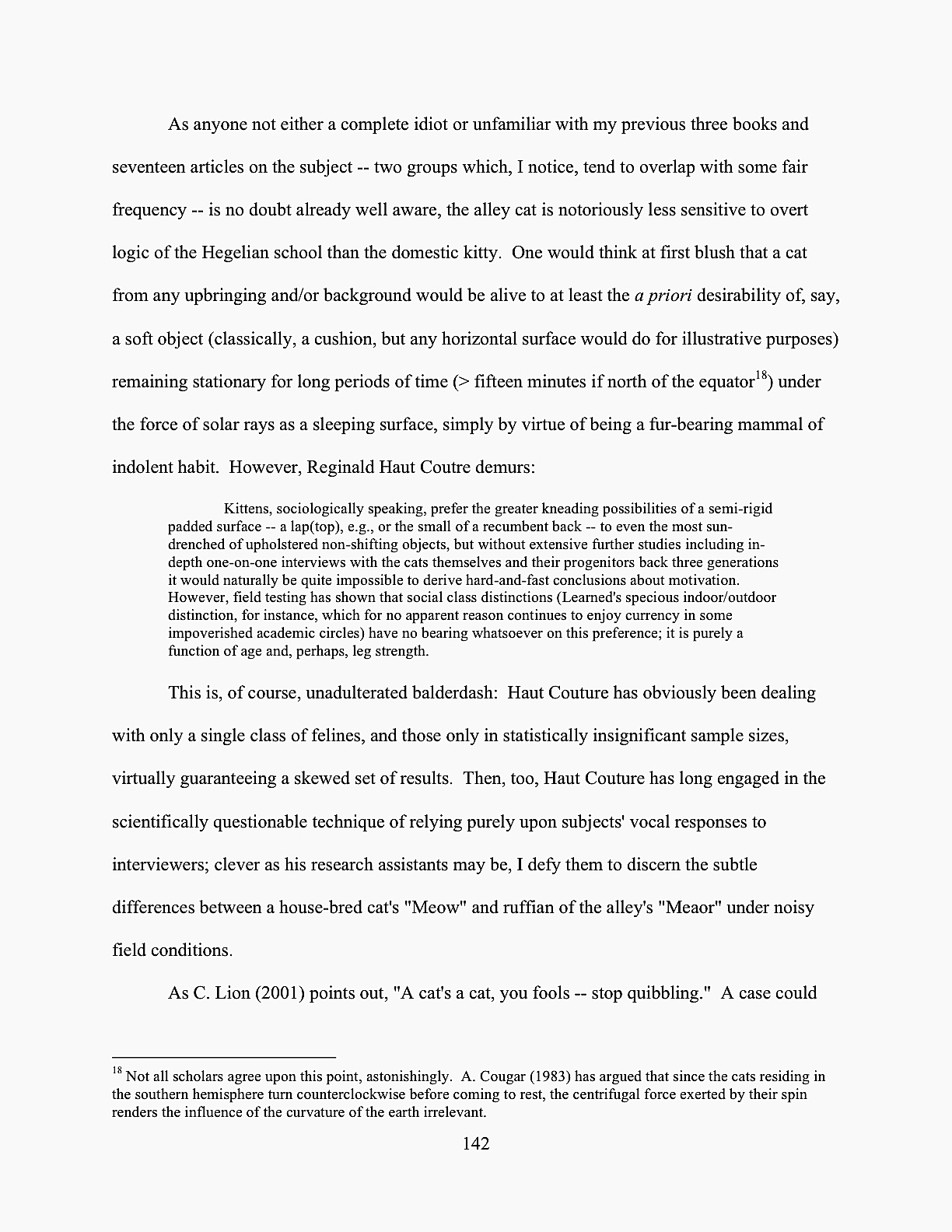
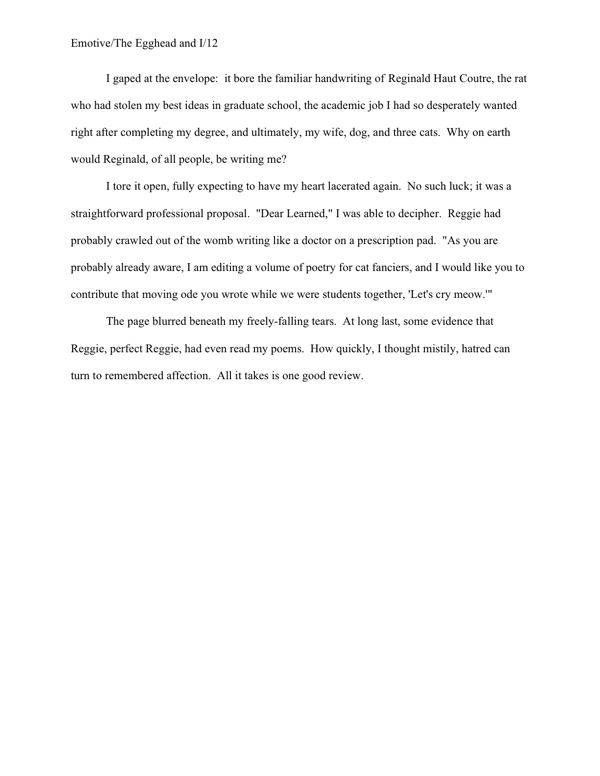
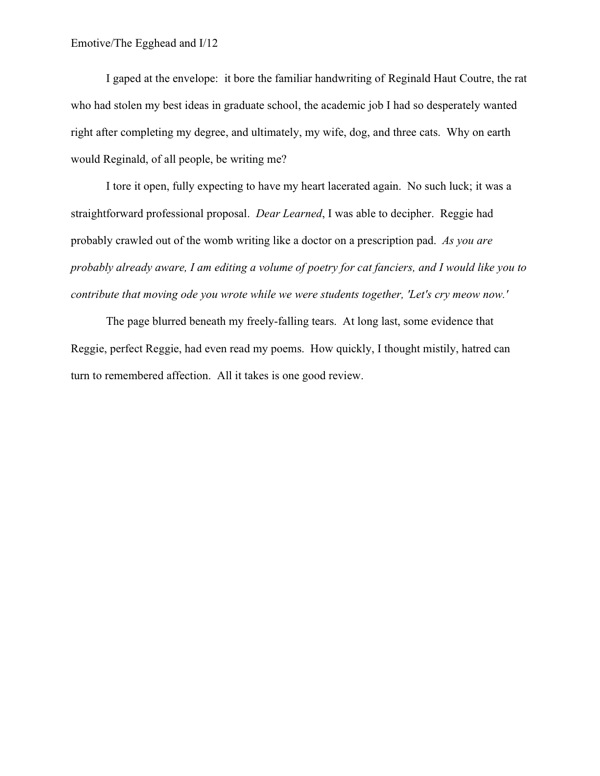

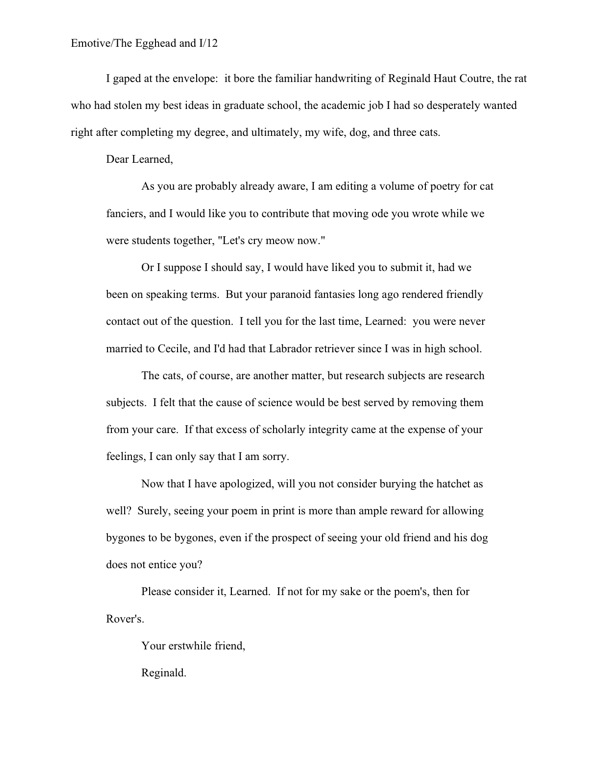
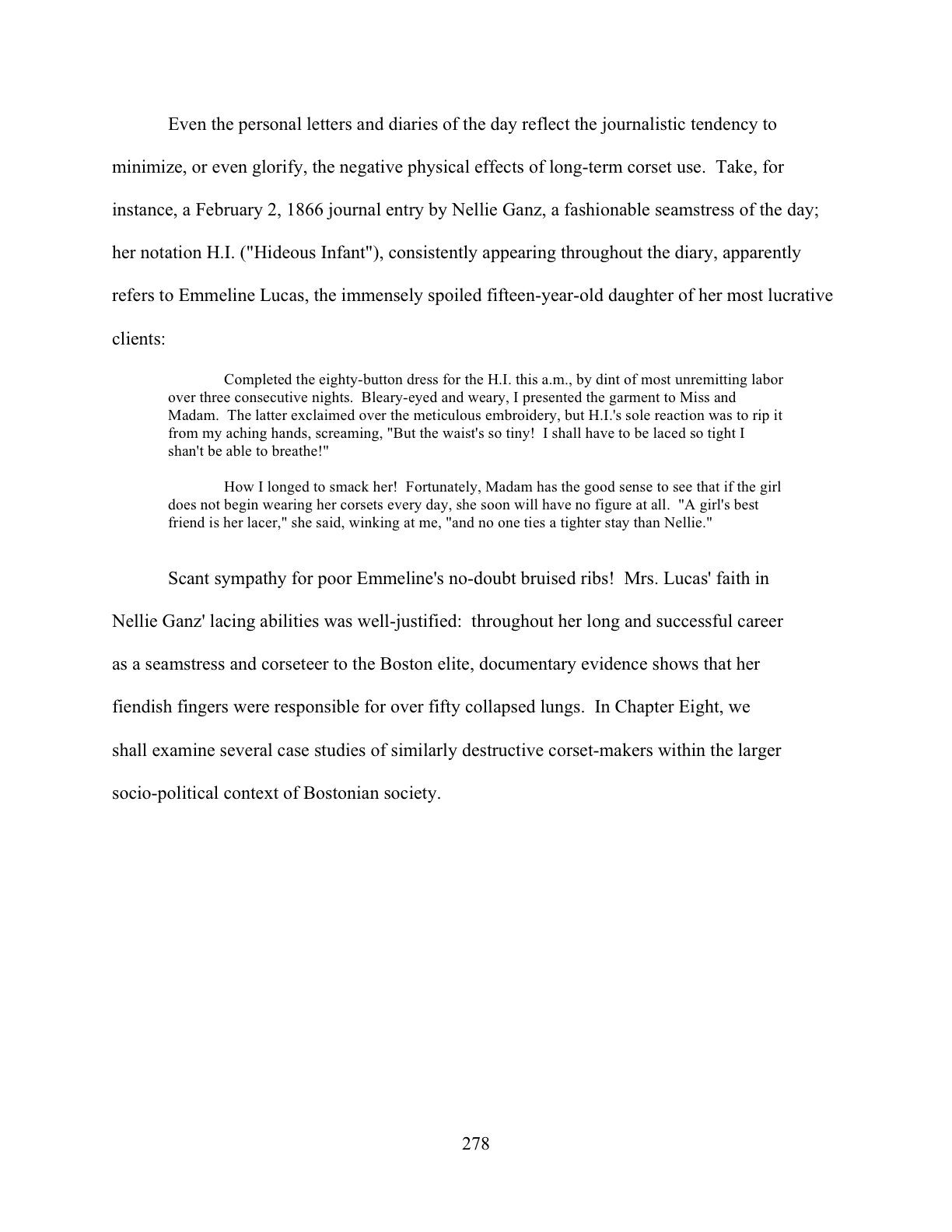
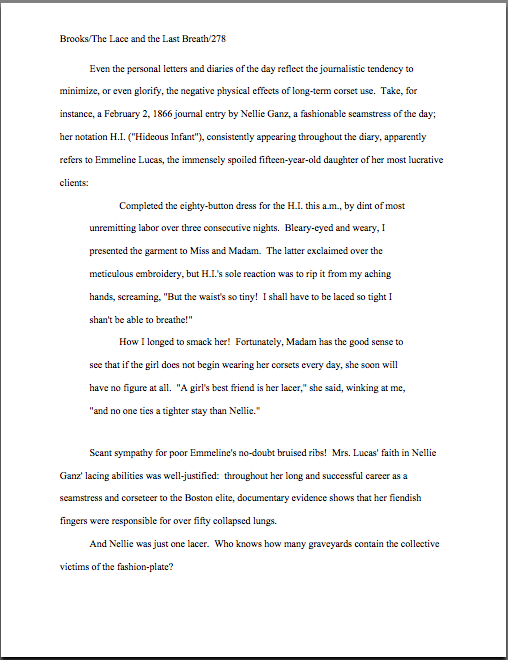
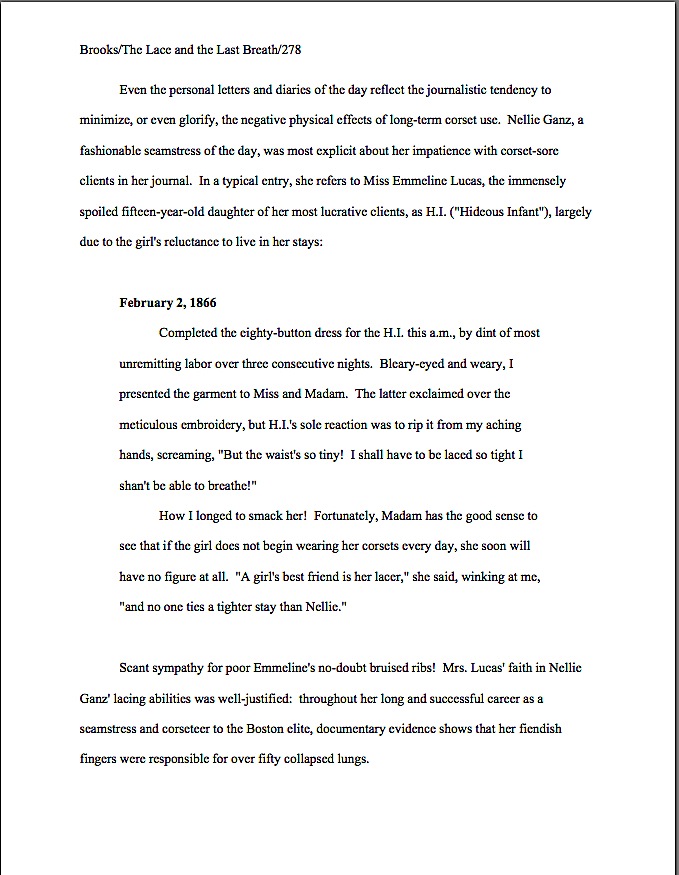
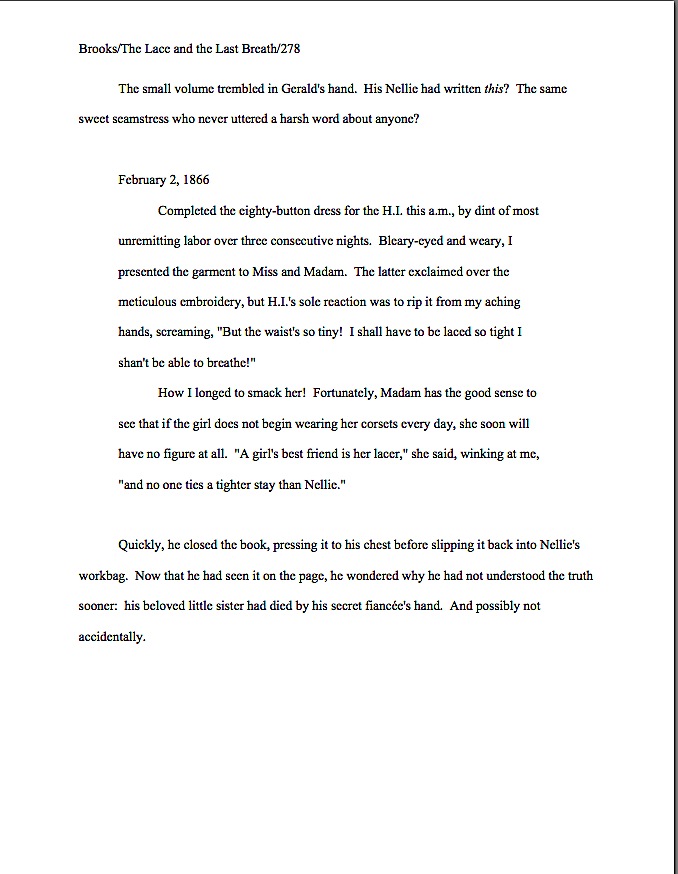
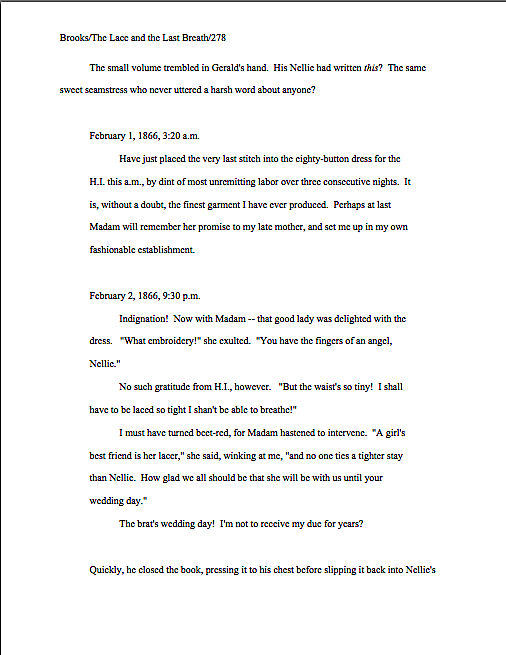
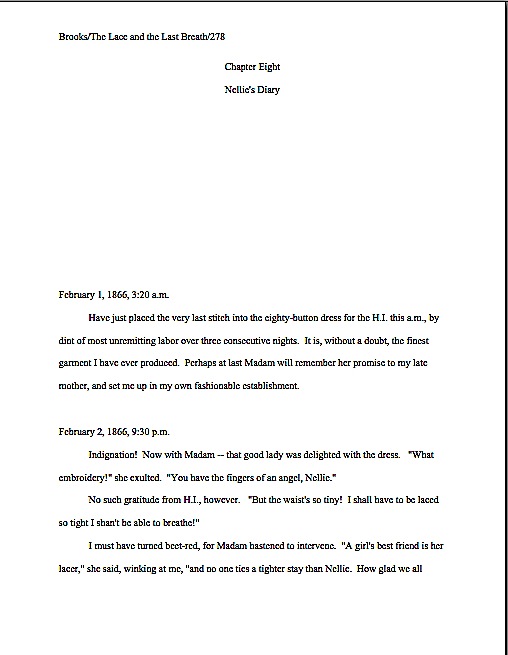
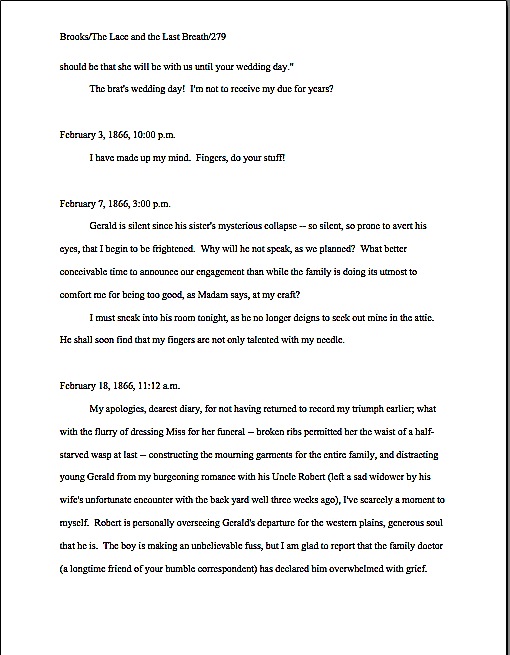


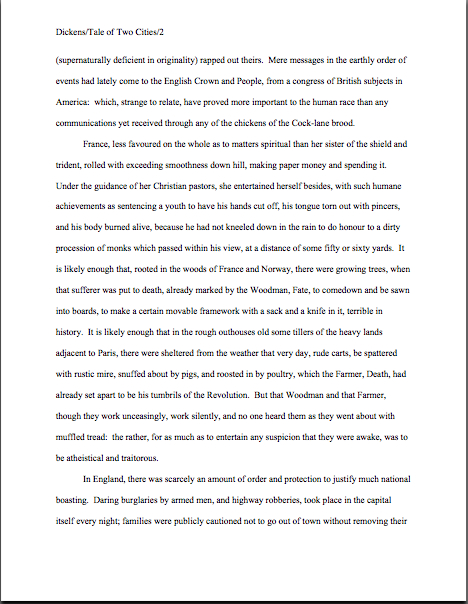
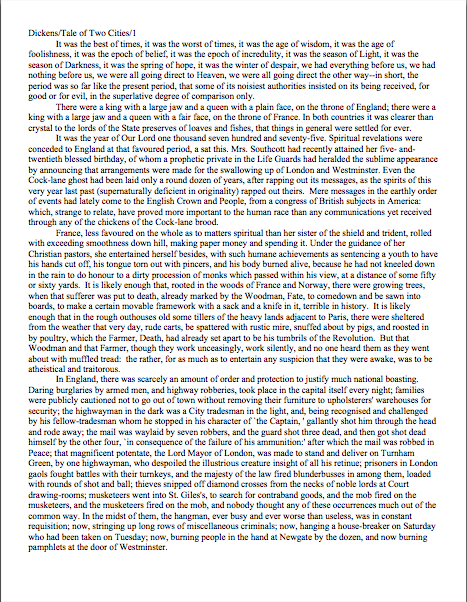
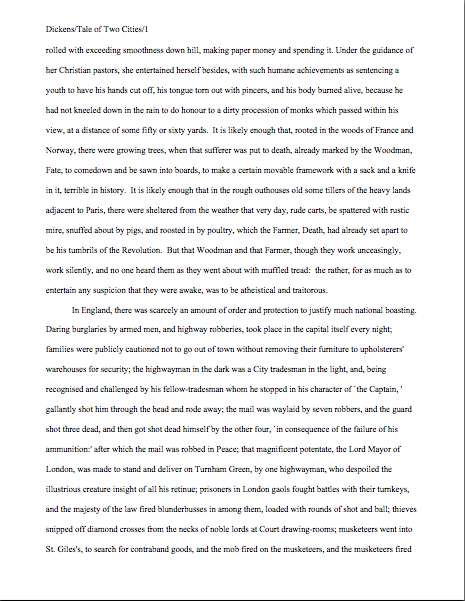
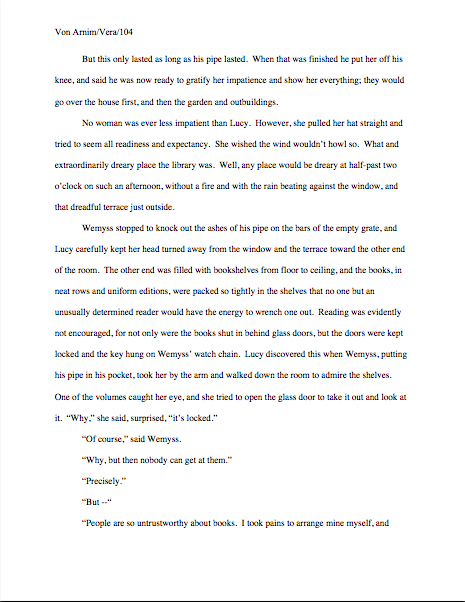
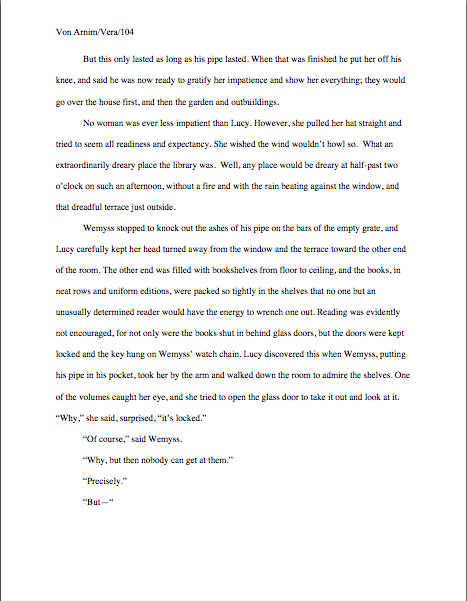

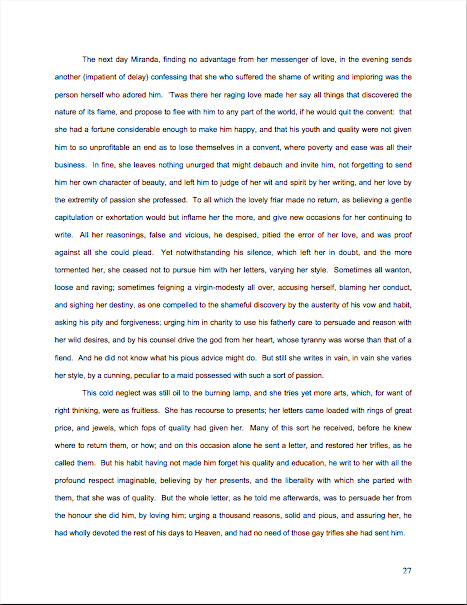
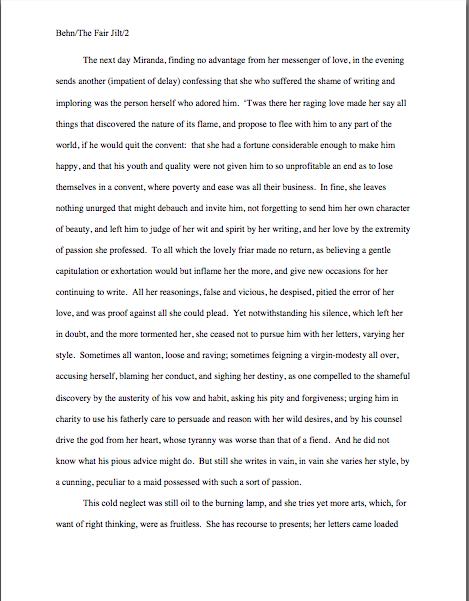
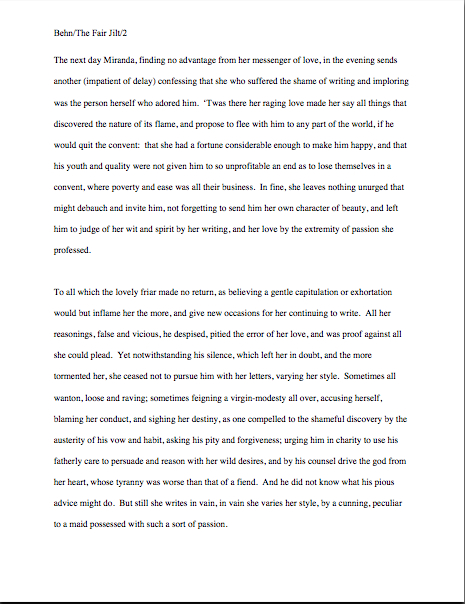

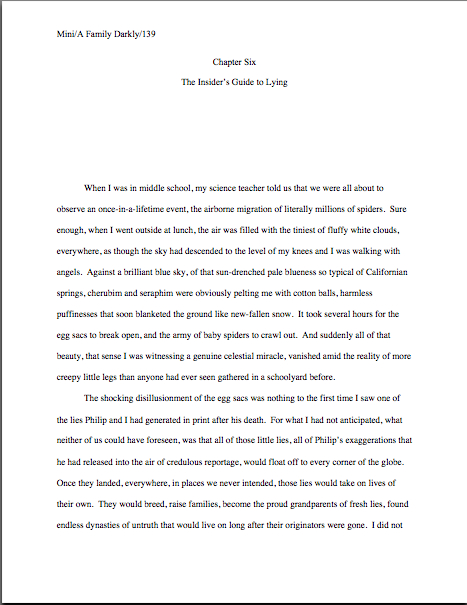
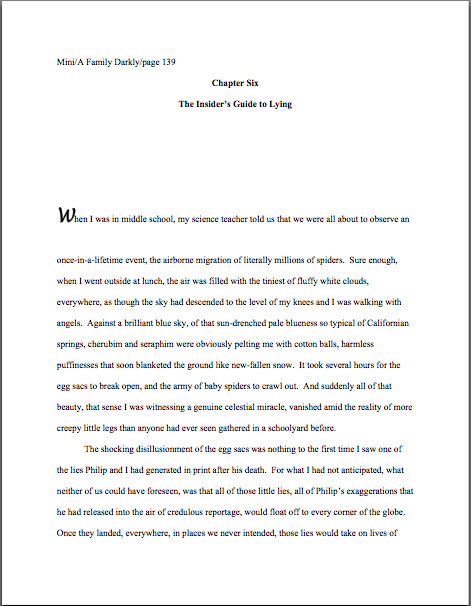
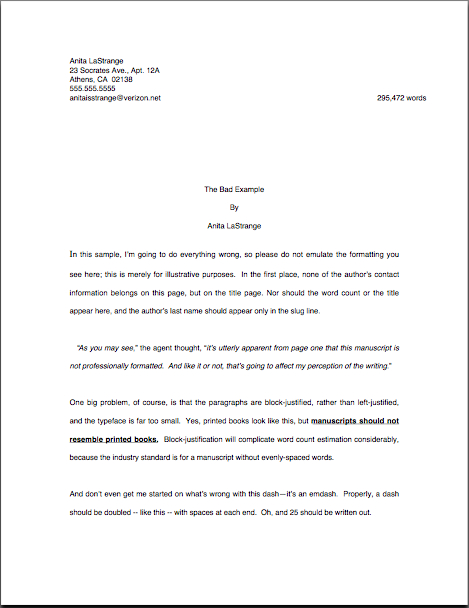

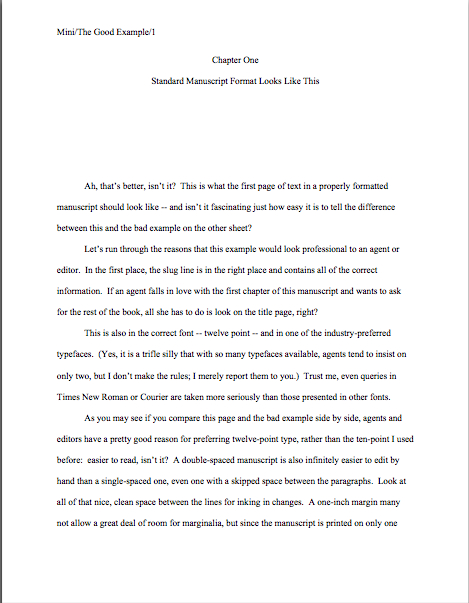
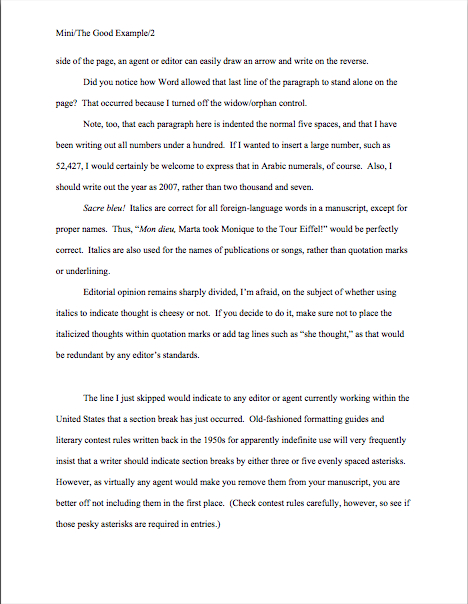

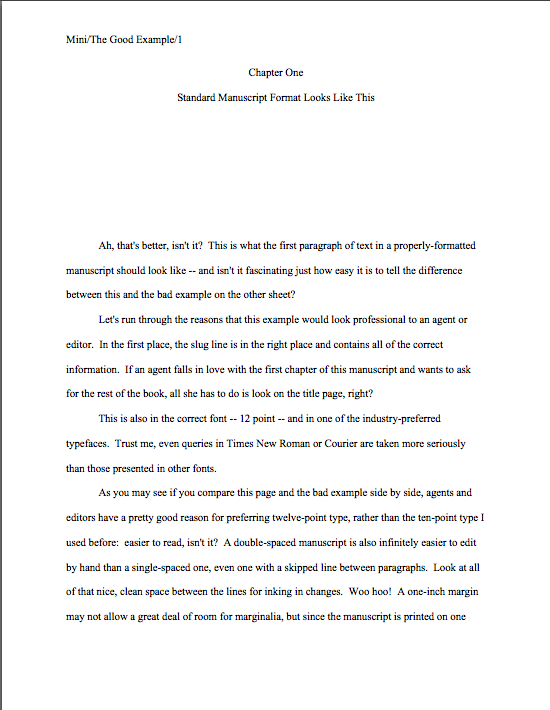
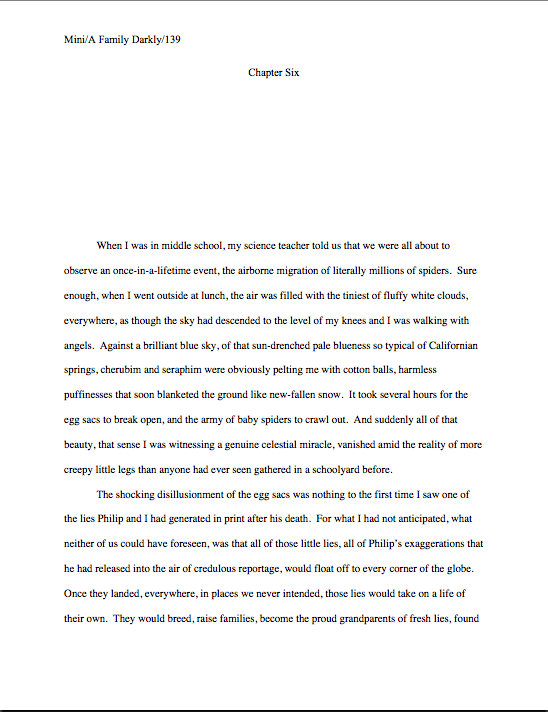
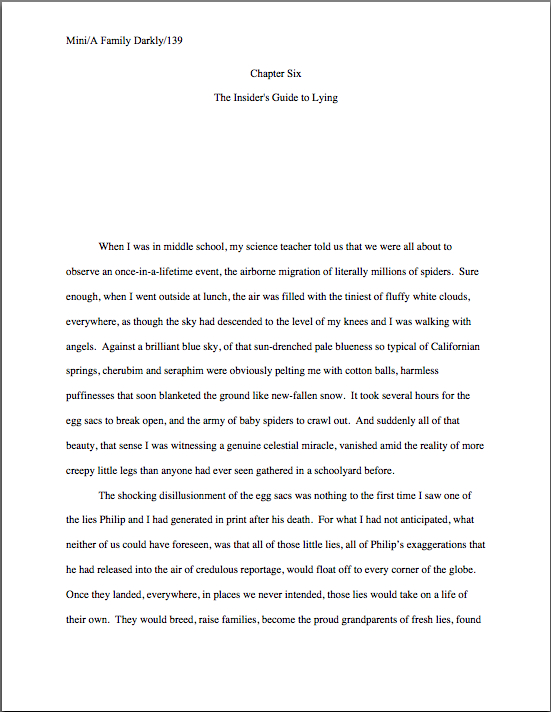
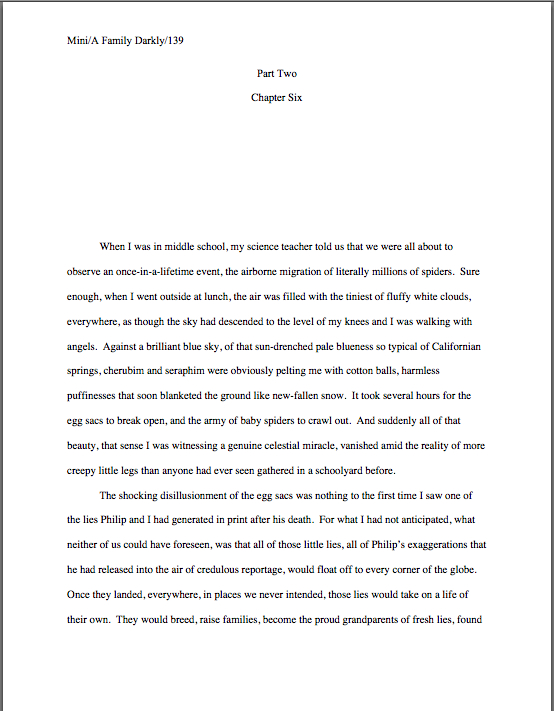
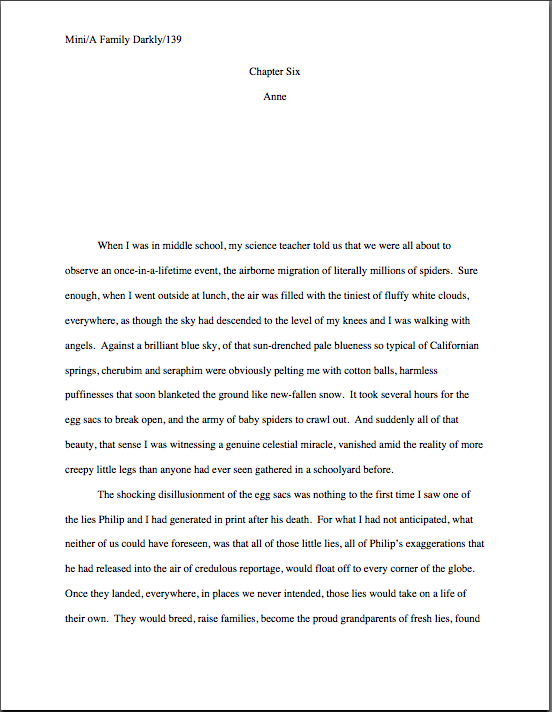
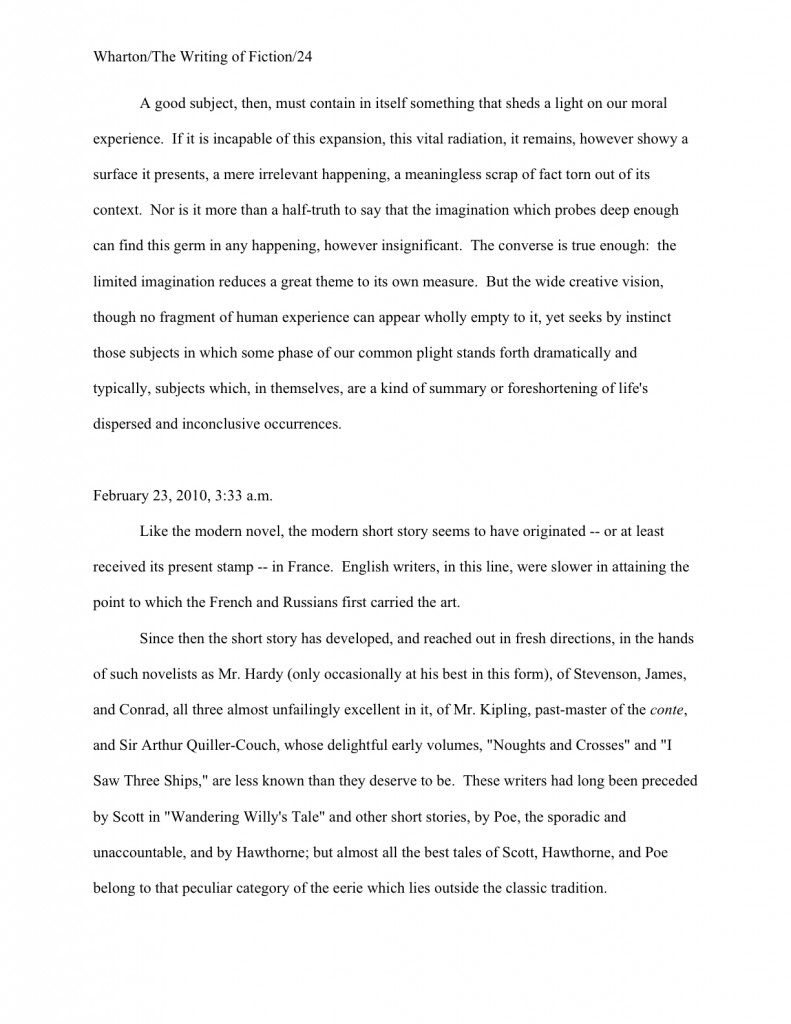

 Shaun Attwood of
Shaun Attwood of  Liz Losh of
Liz Losh of  Joel Derfner, a.k.a. Faustus, M.D. of
Joel Derfner, a.k.a. Faustus, M.D. of 
 Cindy Willis of
Cindy Willis of  Michael Lewis of
Michael Lewis of  David Gill of
David Gill of 
